Members of the SXS collaboration
Please click on the name tabs to read more about our group members.
Faculty
Alessandra Buonanno
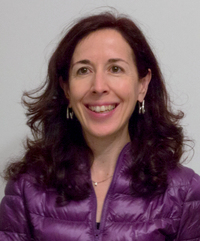
Director, Division of Astrophysical and Cosmological Relativity
Alessandra Buonanno earned her PhD in theoretical physics at the University of Pisa in Italy. After a brief period spent at the theory division of CERN, she held postdoctoral positions at the Institut des Hautes Etudes Scientifiques (IHES) in France and at the California Institute of Technology in the USA. She was a staff researcher (CR1) at the Institut d’Astrophysique de Paris (IAP) and Laboratoire Astroparticule et Cosmologie (APC) in Paris with the Centre Nationale de la Recherche Scientifique (CNRS) before joining the University of Maryland as physics professor. While at the University of Maryland, Buonanno has been a Fellow of the Alfred P. Sloan Foundation. She was a Radcliffe Fellow at the Radcliffe Institute for Advanced Study at Harvard University. She is a Fellow of the International Society on General Relativity and Gravitation, and a Fellow of the American Physical Society.
Nils Deppe
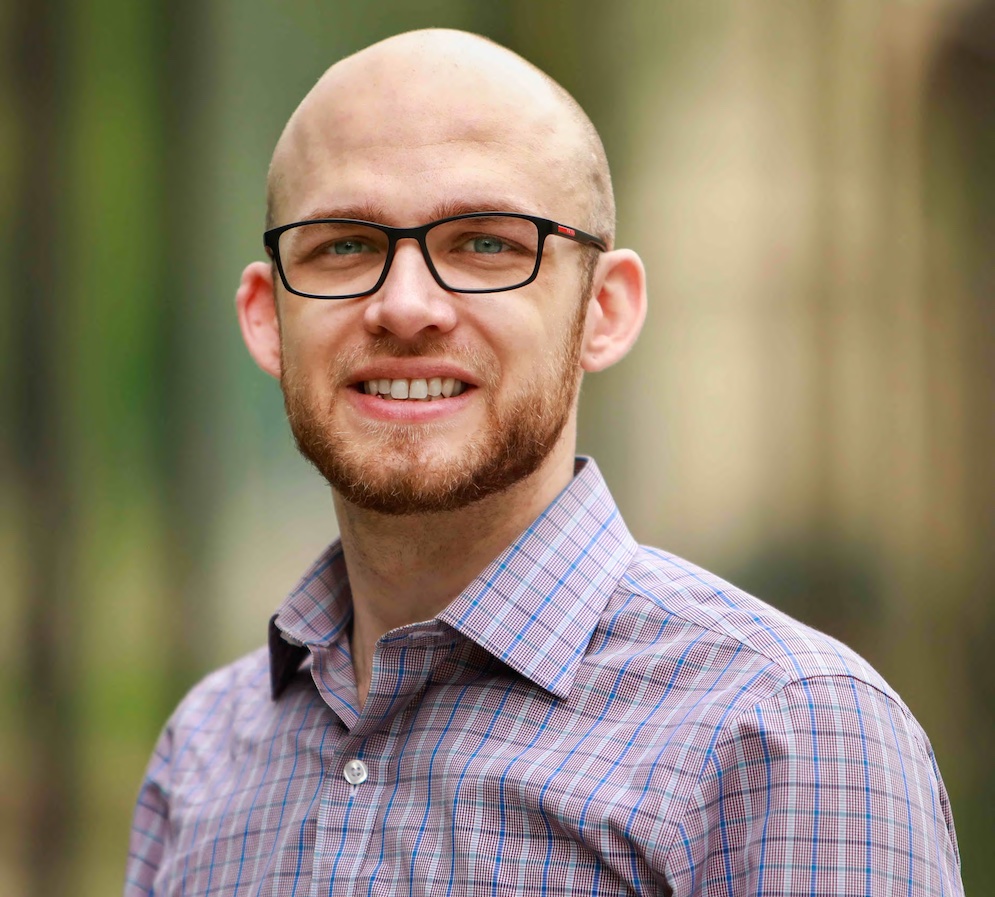
Assistant Professor
Research Projects
Development of SpECTRE, a next-generation numerical relativity code, binary black hole merger simulations, and binary neutron star merger simulations. I also work on developing and improving numerical methods for binary merger simulations.
Biography
I received my PhD from Cornell under the supervision of Saul Teukolsky and Larry Kidder, then spent 3 years at Caltech as a Sherman Fairchild postdoc, before returning to Cornell as an assistant professor.
Selected Publications
See arXiv.
Matthew D. Duez
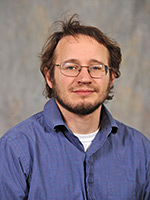
Assistant Professor of Physics
Research Projects
My research focuses on the dynamics of hot nuclear matter in strongly curved spacetime. Most of my published work concerns black hole-neutron star binary mergers, which are potentially important sources of gravitational waves, kilonovae, short duration gamma ray bursts (GRBs), and r-process elements. Much of our black hole-neutron star work has been devoted to exploring the large parameter space of possible binaries. There are two interesting (from a fluid dynamics/GRB perspective) regions of this space, where the neutron star is ripped apart before being swallowed by the black hole: systems with low black hole mass and systems with high black hole spin. We’ve focused a lot on binaries with high-spin, moderate-to-high mass black holes both because they’ve gotten less attention from other groups and because SpEC is very good at handling high-spin black holes.
A black hole-neutron star simulation must adequately model the inspiral of the binary, its merger, outflows of ejected matter into interstellar space, and the accretion disk formed by the merger of hot nuclear matter swirling around the black hole. Lately, my interest has mostly been on the last two issues. With regard to outflows, the goal of our work is to track ejected matter far from the merger site to predict electromagnetic signals and final elemental abundances. For accretion disks, we are studying the effects of magnetic fields and neutrino emission and applying simulations to test gamma ray burst models and to characterize the neutrino radiation.
I’m also very interested in the extension of SXS research to studies of binary neutron stars, newborn neutron stars, black hole accretion in general, and other strong-gravity nuclear matter systems that involve the sort of physics we’ve been playing with in our black hole-neutron star mergers. To me, the fascination of non-vacuum numerical relativity is that 1) all of these other exotic areas of physics come into play in addition to strong gravity, 2) simulations are still so immature that major pieces of physics have yet to be included and qualitative surprises may be in store, and 3) the existence of a special frame picked out by the fluid flow makes it much easier to convert simulation data into intelligible narratives.
Biography
I got my PhD in 2005 at the University of Illinois at Urbana-Champaign working with Prof. Stuart Shapiro on the effects of viscous and magnetic angular momentum transport on binary neutron star merger remnants. I then went to Cornell as a postdoc working under Prof. Saul Teukolsky. My main task during these years was to add hydrodynamics to the Spectral Einstein Code and carry out our first black hole-neutron star simulations. I next began working on adding more realistic modeling of the neutron star matter to these simulations. In 2010, I joined the faculty of Washington State University as an assistant professor.
Selected Publications
- C. D. Muhlberger, F. H. Nouri, M. D. Duez, F. Foucart, L. E. Kidder, C. D. Ott, M. A. Scheel, B. Szilagyi, and S. A. Teukolsky, "Magnetic effects on the low-T/|W| instability in differentially rotating neutron stars", Phys. Rev. D 90, 104014 (2014). [http://arxiv.org/abs/1405.2144]
- F. Foucart, M. B. Deaton, M. D. Duez, E. O'Connor, C. D. Ott, R. Haas, L. E. Kidder, H. P. Pfeiffer, M. A. Scheel, and B. Szilagyi, "Neutron star-black hole mergers with a nuclear equation of state and neutrino cooling: dependence in the binary parameters", Phys. Rev. D 90, 024026 (2014). [http://arxiv.org/abs/1405.1121]
- M. B. Deaton , M. D. Duez, F. Foucart, E. O'Connor, C. D. Ott, L .E. Kidder, C. D. Muhlberger, M. A. Scheel, and B. Szilagyi, "Black hole-neutron star mergers with a hot nuclear equation of state: Outflow and neutrino-cooled disk for a low-mass, high-spin case", Astrophys. J. 776, 47 (2013). [http://arxiv.org/abs/1304.3384]
- M. D. Duez "Numerical relativity confronts compact neutron star binaries: a review and status report, Class. Quant. Grav. 27, 114002, 2010. [http://arxiv.org/abs/0912.3529]
- M. D. Duez, F. Foucart, L. E. Kidder, H. P. Pfeiffer, M. A. Scheel, and S. A. Teukolsky, "Evolving black hole-neutron star binaries in general relativity using pseudospectral and finite difference methods", Phys. Rev. D 78, 104015 (2008). [http://arxiv.org/abs/0809.0002]
Scott Field
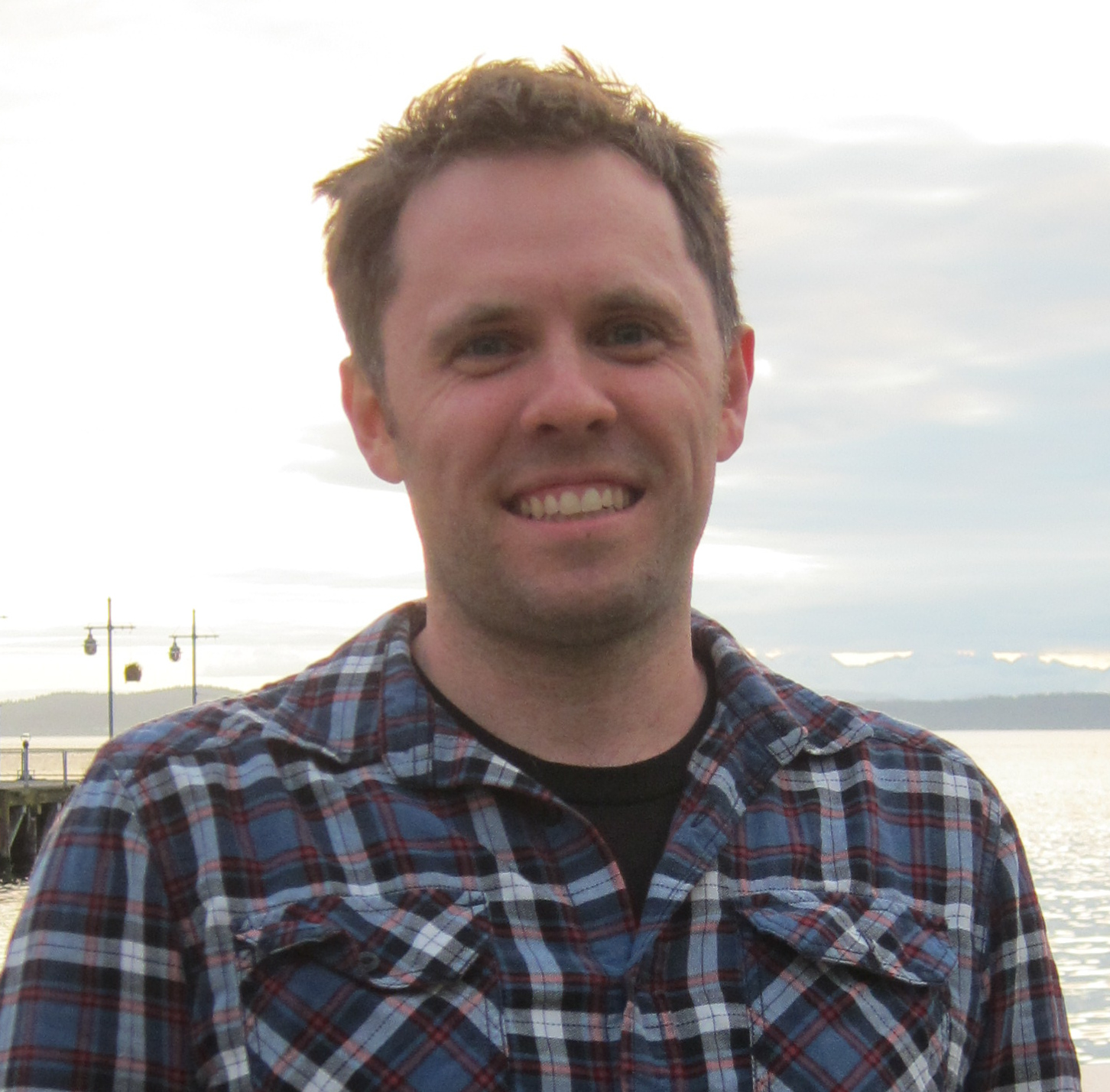
Assistant professor
François Foucart
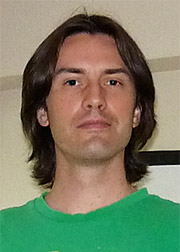
Assistant Professor
Research Projects
Mergers of black holes and neutron stars in binaries; Long term evolution of accretion disks
Biography
I am currently an Einstein post-doctoral fellow at Lawrence Berkeley National Lab (LBL), where I work mainly in numerical relativity as a member of the SXS collaboration. My research involves studying mergers of compact objects (black holes and neutron stars) through numerical simulations in general relativity, as well as the long term evolution of accretion disks.
I obtained engineering degrees from both the Free University of Brussels (ULB) and the Ecole Centrale Paris (ECP) in 2005, before moving to the United States for my PhD. I graduated from Cornell in 2011. I then worked for 3 years as a post-doctoral fellow at the Canadian Institute for Theoretical Astrophysics (CITA) in Toronto.
Selected Publications
- Evolution of linear warps in accretion discs and applications to protoplanetary discs in binaries. F. Foucart, D. Lai. MNRAS (2014). [http://arxiv.org/abs/1406.3331]
- Neutron star-black hole mergers with a nuclear equation of state and neutrino cooling: Dependence in the binary parameters. F. Foucart, M. B. Deaton, M. D. Duez, E. O'Connor, C. D. Ott, R. Haas, L. E. Kidder, H. P. Pfeiffer, M. A. Scheel, B. Szilagyi. Phys. Rev. D 90, 024026 (2014). [http://arxiv.org/abs/1405.1121]
- First direct comparison of non-disrupting neutron star-black hole and binary black hole merger simulations. F. Foucart, L. Buchman, M. D. Duez, M. Grudich, L. E. Kidder, I. MacDonald, A. Mroue, H. P. Pfeiffer, M. A. Scheel, B. Szilagyi. 10.1103/PhysRevD.88.064017 (2013). [http://arxiv.org/abs/1307.7685]
Jim Fuller

Assistant Professor of Astronomy
I am interested in theoretical astrophysics, especially stellar and planetary systems. Much of my work focuses on wave propagation within stars and planets. Applications include binary stellar evolution, tidal interactions, stellar and planetary structure, asteroseismology, eruptive transients, and supernovae.
Lawrence E. Kidder
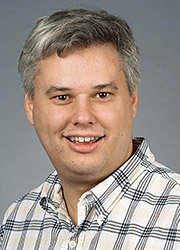
Senior Research Associate
Geoffrey Lovelace
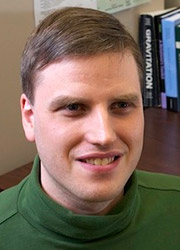
Assistant Professor of Physics
Research Projects
Using numerical relativity to model sources of gravitational waves
Biography
I am currently an assistant professor in the Department of Physics at California State University, Fullerton. My current research interests focus on using numerical relativity to model sources of gravitational waves, such as merging black hole-black hole and black hole-neutron star binaries. I am joining assistant professors Jocelyn Read and Joshua Smith in Cal State Fullerton’s new Gravitational Wave Physics and Astronomy Center (GWPAC), and I also am a member of the Simulating eXtreme Spacetimes (SXS) collaboration.
As a graduate student at Caltech, my research spanned a variety of topics in gravitational-wave physics, including thermal noise in gravitational-wave detectors, black- hole tidal deformation, and reducing orbital eccentricity and spurious gravitational radiation in numerical simulations of binary black holes. Building on this broad introduction, I focused my postdoctoral research at Cornell entirely on numerical relativity: I have simulated merging black holes with the highest spins to date, explored new tools for building physical insight into strongly warped spacetime, and investigated implicit-explicit time stepping as a way to reduce the cost of binary black hole simulations.My research goals focus on modeling sources of gravitational waves using numerical relativity. Gravitational waves—ripples of spacetime curvature—promise to open a new window on the universe; the Advanced Laser Interferometer Gravitational-wave Observatory (Advanced LIGO), currently under construction (scheduled for completion in 2015), is expected to detect between 1 and 1000 gravitational waveforms per year from mergers of compact objects (black holes, neutron stars, and white dwarfs). These spacetimes and the gravitational waves they emit can only be predicted numerically (all analytic approximations break down).
Selected Publications
- A Mroue et al. "A catalog of 174 high-quality binary black-hole simulations for gravitational- wave astronomy." Phys. Rev. Lett. 111, 241104 (2013), arXiv:1304.6077
- D Hemberger, G Lovelace, TJ Loredo, LE Kidder, MA Scheel, B Szilagyi, NW Taylor, and SA Teukolsky. "Final spin and radiated energy in numerical simulations of binary black holes with equal masses and equal, aligned or anti-aligned spins." Phys. Rev. D 88, 064014 (2013), arXiv:1305.5991.
- G Lovelace, MD Duez, F Foucart, LE Kidder, HP Pfeiffer, MA Scheel, and B Szilagyi. "Massive disk formation in the tidal disruption of a neutron star by a nearly extremal black hole." CQG 30, 135004 (2013), arXiv:1302.6297.
Elias R. Most
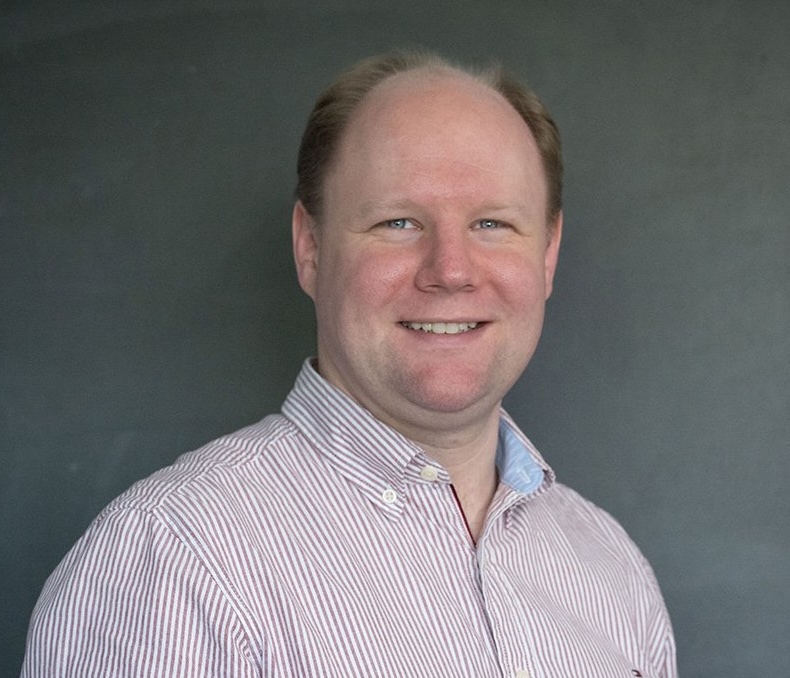
Assistant Professor
Research Projects
As a computational and theoretical astrophysicist I am interested in the physics of compact objects, such as neutron stars and black holes.
Recent areas of interest include various aspects of binary neutron star mergers (gravitational waves and equation of state effects, quark and exotic matter, neutrino-driven bulk viscosity, dynamo and jet physics), high-energy astrophysical transients (radio, X-ray and gamma-ray emission from flares and shocks in compact binary mergers), as well as fundamental aspects of relativistic fluid dynamics (multi-fluids and non-ideal dissipative effects).
Recently, I have also become interested in accretion physics in the context of supermassive binary black hole mergers.
Biography
I am an Assistant Professor of Theoretical Astrophysics at Caltech. Before moving to California, I was the John Archibald Wheeler Postdoctoral Fellow at Princeton University and a Long-Term Member at the Institute for Advanced Study. I received my PhD from the Goethe University Frankfurt (Germany), and was a predoctoral fellow at the Flatiron Institute in New York.
Selected Publications
See Google Scholar.
Maria (Masha) Okounkova
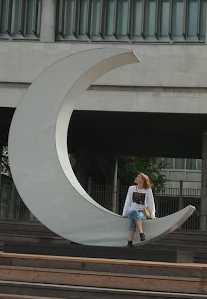
Graduate student
Research Projects
Numerical tests of the Cosmic Censorship Conjecture, collisionless matter simulation in SpEC, simulating binary black hole systems in beyond-GR theories
Biography
I graduated from Princeton in 2014, with a major in physics and a minor in computer science. I am currently getting my PhD in physics at Caltech, where I am advised by Yanbei Chen and work closely with Mark Scheel and other members of the SXS collaboration. I also lead the TAPIR numerical relativity group meetings.
More information can be found on my website, http://www.tapir.caltech.edu/~mokounko/.
Robert Owen
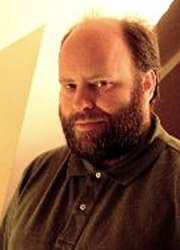
Assistant Professor
Biography
I have been a member of the SXS collaboration from my time in graduate school at Caltech, through my postdoctoral work at Cornell, and now into my faculty work at Oberlin College. My work with this collaboration generally focuses on the interface of our numerical code with continuum mathematics. I have developed and implemented methods for defining and computing the spin angular momentum on distorted black holes, techniques that have roots in the mathematical formalisms of isolated and dynamical horizons (introduced by Ashtekar and collaborators), as well as the “quasilocal charge” formalism of Brown and York. I have extended this formalism to define measures of multipolar structure, which can be used to study tidal interactions in strongly gravitating black-hole systems. I have also studied methods for defining the pointwise algebraic speciality in strongly dynamical numerical spacetimes. I have applied both of these last two techniques to demonstrate unambiguously that the final remnant of numerical black hole mergers is indeed a Kerr black hole. I have also been involved in deriving representations of Einstein’s field equations that are well-behaved in the SpEC code. In recent years, I have paid particular attention to the visualization of strong gravitational fields, contributing to the development of the “vortex/tendex formalism,” which is closely related to the previously mentioned techniques for defining multipolar structure on dynamical horizons.
Selected Publications
- Robert Owen, Jeandrew Brink, Yanbei Chen, Jeffrey D. Kaplan, Geoffrey Lovelace, Keith D. Mathews, David A. Nichols, Mark A. Scheel, Fan Zhang, Aaron Zimmerman, Kip S. Thorne, "Frame- Dragging Vortexes and Tidal Tendexes Attached to Colliding Black Holes: Visualizing the Curvature of Spacetime", Phys. Rev. Lett. 106, 151101 (2011), [http://arxiv.org/abs/1012.4869]
- Robert Owen, "The Final Remnant of Binary Black Holes: Multipolar Analysis", Phys. Rev. D, 80, 084012 (2009), [http://arxiv.org/abs/0907.0280]
- Lee Lindblom, Mark A. Scheel, Lawrence E. Kidder, Robert Owen, Oliver Rinne, "A New Generalized Harmonic Evolution System" Class. Quant. Grav. 23, S447 (2006), [http://arxiv.org/abs/gr-qc/0512093]
Harald P. Pfeiffer
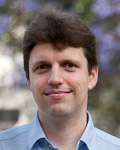
Associate Professor
Research Projects
Computer calculations of Einstein’s equations to learn about black holes and neutron stars
Biography
I am an Assistant Professor at the CITA within the University of Toronto.
My goal is to understand gravity through computer simulations of Black Holes and Neutron stars. This involves developing computer codes to simulate these systems; simulating them; analysing the output (including graphics); using the results to learn about how gravity works; using the results to help detect and understand gravitational waves from black holes and Neutron stars. Much of this work is done with collaborators at Caltech and Cornell.
You can read more about my research or browse through images and movies.
Selected Publications
- Hyperbolicity of force-free electrodynamics H.P. Pfeiffer, A.I. MacFadyen pp. 1-11 (2013) [arXiv:1307.7782]
- First direct comparison of non-disrupting neutron star-black hole and binary black hole merger simulations F. Foucart, L. Buchman, M.D. Duez, M. Grudich, L.E. Kidder, I. MacDonald, A.H. Mroué, H.P. Pfeiffer, M.A. Scheel, B. Szilágyi pp. 1-13 (2013) [arXiv:1307.7685]
- Precession-tracking coordinates for simulations of compact-object-binaries S. Ossokine, L.E. Kidder, H.P. Pfeiffer pp. 1-11 (2013) Accepted by PRD. [arXiv:1304.3067]
- Massive disk formation in the tidal disruption of a neutron star by a nearly extremal black hole G. Lovelace, M.D. Duez, F. Foucart, L.E. Kidder, H.P. Pfeiffer, M.A. Scheel, B. Szilagyi CQG 30, 135004 pp. 1-18 (June 3, 2013) [arXiv:1302.6297]
Mark A. Scheel
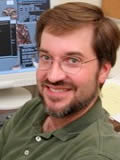
Research Professor of Physics
Research Projects
Numerical relativity; binary black hole simulations; spectral numerical methods.
Leo C. Stein
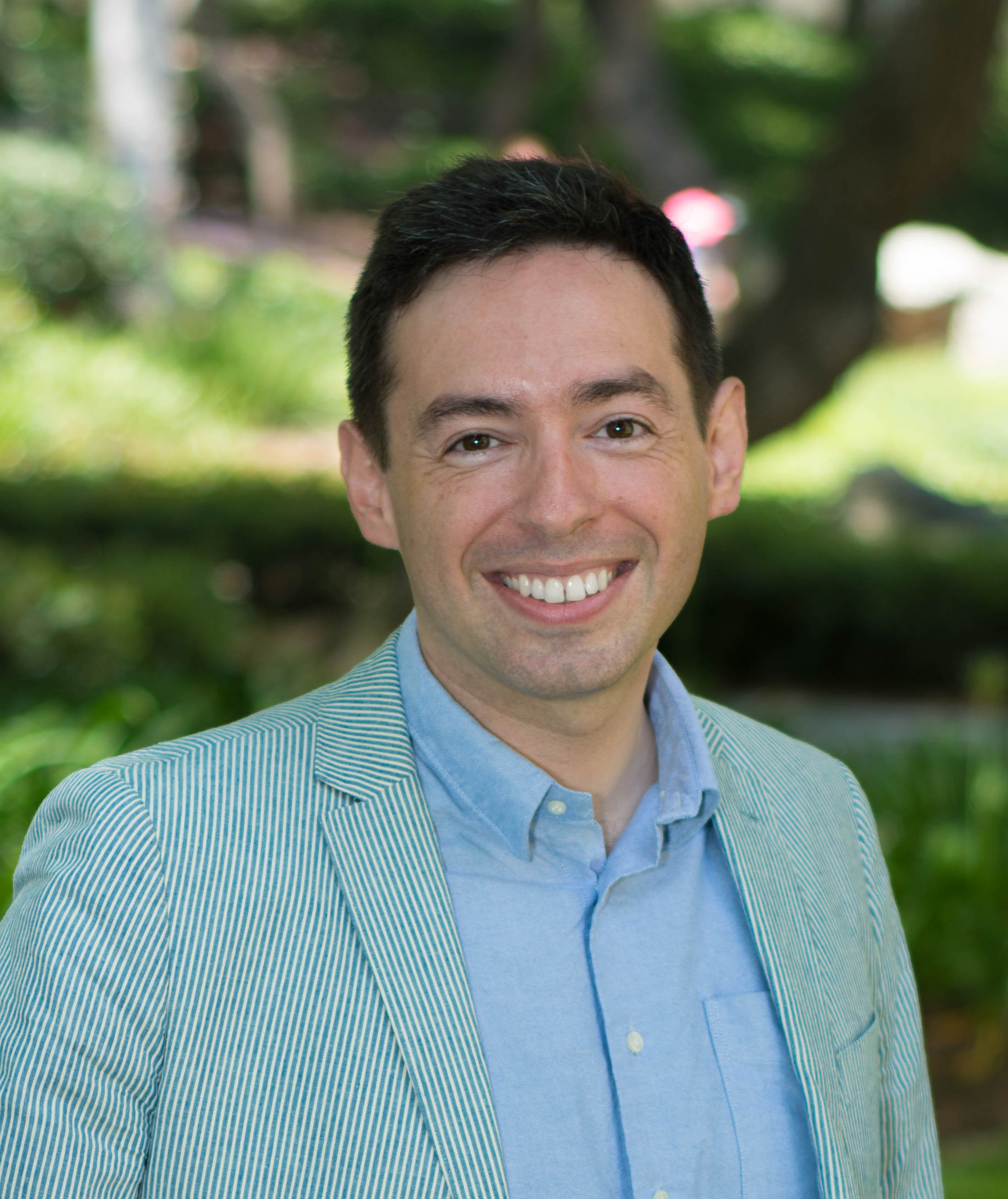
Assistant Professor
Research Projects
Simulating binary black hole systems in beyond-GR theories
Biography
I received my BS in physics from Caltech in 2006, where my senior thesis was on coherent LIGO data analysis with multiple detectors and sky localization. I then switched coasts to attend MIT for my PhD in physics (2012). My doctoral thesis was on (i) numerical methods for black-hole perturbation theory in GR, and (ii) the beyond-GR physics of gravitational waves, compact objects, and compact binaries emitting gravitational waves. This work was under the supervision of Prof. Scott Hughes, and with lots of collaboration with Nicolas Yunes. From 2012-2015 I was a NASA Einstein postdoctoral fellow at Cornell University, where I continued my work on beyond-GR gravitational physics, working in Prof. Eanna Flanagan’s group. I moved to Caltech as a senior postdoctoral scholar, before arriving at Mississippi as a professor.
Selected Publications
Saul A. Teukolsky
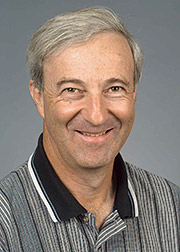
Hans A. Bethe Professor of Physics and Astrophysics
Robinson Professor of Theoretical Astrophysics
Research Projects
Solving Einstein’s equations for black-hole mergers using supercomputers.
Biography
Saul Teukolsky’s major research interests include general relativity, relativistic astrophysics, and computational astrophysics. He is engaged in a long-term project to solve Einstein’s equations of general relativity by computer. One of the ultimate goals of this project is to predict the gravitational waveform from coalescing black holes in binary orbit about each other. It is expected that such events will be among the first signals detected when the Laser Interferometer Gravitational Wave Observatory (LIGO) comes into operation. This project uses large supercomputers all over the country, and is being carried out in collaboration with researchers at several other institutions.
Teukolsky’s recent research has spanned many other topics in relativistic astrophysics. He has worked on naked singularities in general relativity; the properties of rapidly rotating neutron stars, including possible observational signatures in pulsars; exploding neutron stars; relativistic stellar dynamics; and planets around pulsars. Most of this work is done in collaboration with other members of the Theoretical Astrophysics Group, including graduate students.
Selected Publications
- Black Hole-Neutron Star Mergers for 10 Solar Mass Black Holes. F. Foucart, M. D. Duez, L. E. Kidder, M. A. Scheel, B. Szilagyi and S. A. Teukolsky. Phys. Rev., D85, 044015 (2012). [http://arxiv.org/abs/1111.1677]
- Equation of State Effects in Black Hole-Neutron Star Mergers. M. D. Duez, F. Foucart, L. E. Kidder, C. D. Ott and S. A. Teukolsky. Class. Quant. Grav., 27, 114106 (2010). [http://arxiv.org/abs/0912.3528]
- Spinning Down Newborn Neutron Stars: Nonlinear development of the R-Mode Instability. R. Bondarescu, S. A. Teukolsky and I. Wasserman. Phys. Rev., D79, 104003 (2009). [http://arxiv.org/abs/0809.3448]
- Initial Data for Black Hole-Neutron Star Binaries: A Flexible, High-Accuracy Spectral Method. F. Foucart, L. E. Kidder, H. P. Pfeiffer and S. A. Teukolsky. Phys. Rev., D77, 124051 (2008). [http://arxiv.org/abs/0804.3787]
- Evolving Compact Object Binaries in General Relativity Using Pseudospectral and Finite Difference Methods. M. D. Duez, F. Foucart, L. E. Kidder, H. P. Pfeiffer, M. A. Scheel and S. A. Teukolsky. Phys. Rev., D78, 104015 (2008).[http://arxiv.org/abs/0809.0002]
- Numerical Recipes: The Art of Scientific Computing, W. H. Press, S. A. Teukolsky, W. T. Vetterling and B. P. Flannery (3rd ed., Cambridge University Press, New York 2007). [http://www.nr.com/]
- Black Holes, White Dwarfs, and Neutron Stars: The Physics of Compact Objects, S. L. Shapiro and S. A. Teukolsky (John Wiley, New York 1983). [http://www.amazon.com/Black-Holes-White-Dwarfs- Neutron/dp/0471873160]
Kip S. Thorne

Feynman Professor of Theoretical Physics
Vijay Varma
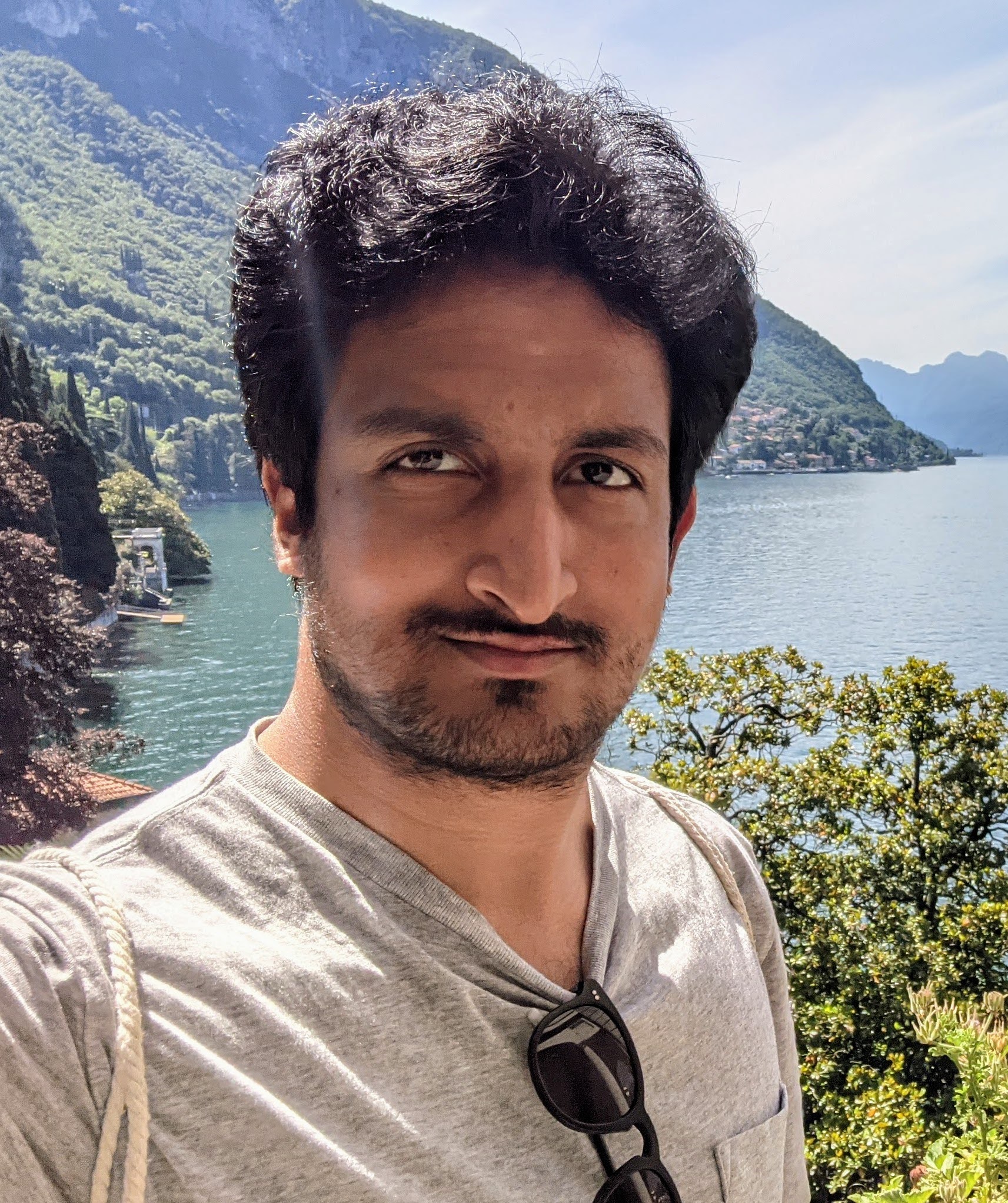
Faculty
Biography
I am an Assistant Professor in the Department of Mathematics at the University of Massachusetts, Dartmouth (UMassD). Before UMassD, I was a Marie Curie Fellow at the Albert Einstein Institute, Potsdam; a Klarman Fellow at Cornell; a graduate student at Caltech; and an undergrad at BITS, Pilani. My main research interests are Gravitational Waves, Data-driven Modeling, and Numerical Relativity. See https://vijayvarma.com/ for more details.
Aaron Zimmerman

Assistant Professor
Dr. Zimmerman earned his B.S. in astrophysics from the University of New Mexico and his Ph.D. from the California Institute of Technology. Before joining UT Austin as a faculty member, he was a postdoctoral fellow and research associate at the Canadian Institute for Theoretical Astrophysics. More details can be found on his website.
Academic staff
Michael O. Boyle
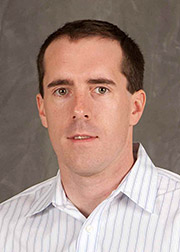
Research Associate
Luisa T. Buchman
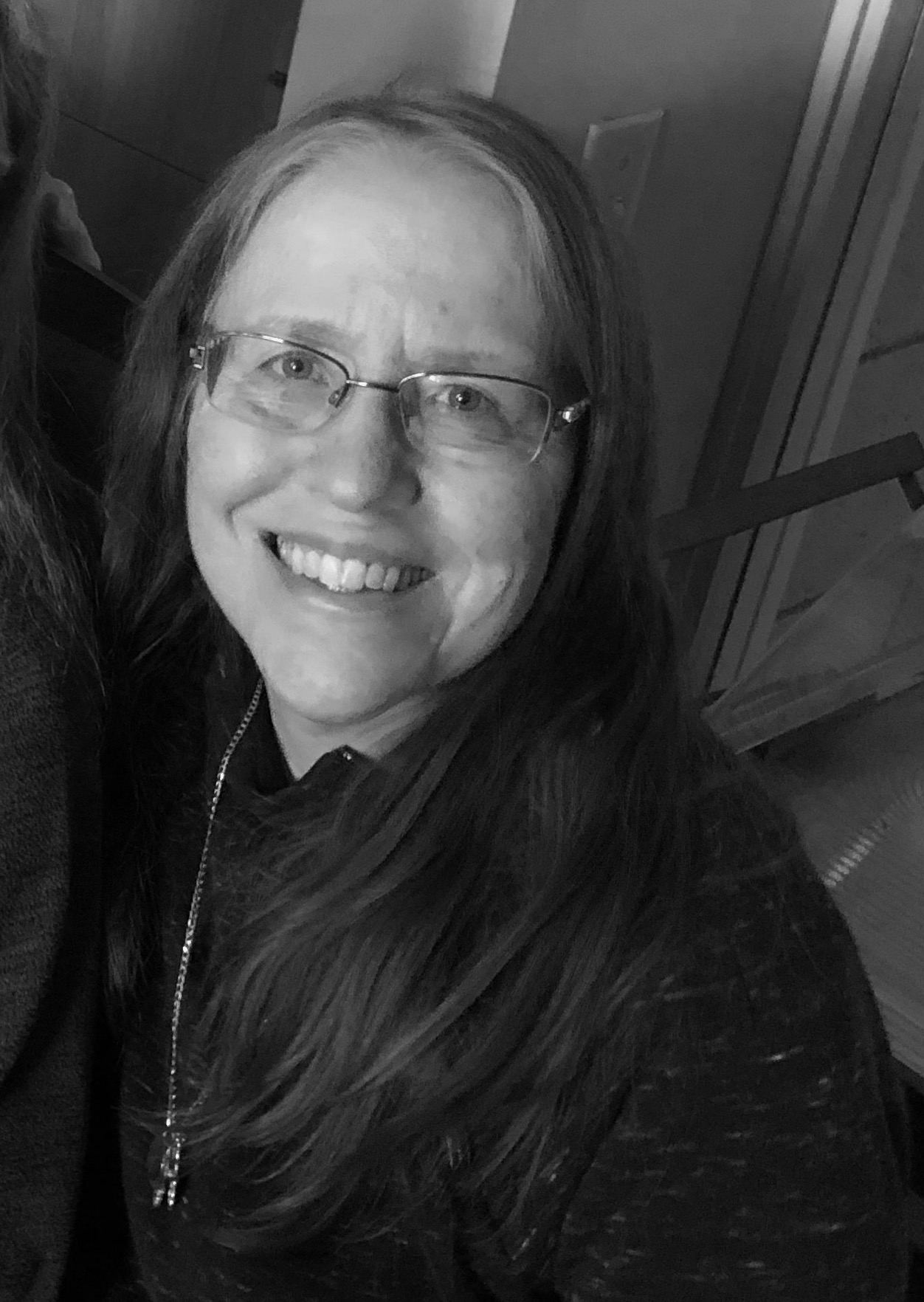
Adjoint Professor, Physics and Astronomy
Research Projects
Quasinormal modes of perturbed Schwarzschild black holes using a tetrad formulation
Higher-order absorbing boundary conditions
Numerical relativity to future null infinity with hyperboloidal slicing
Gauge boundary conditions for binary black hole simulations
Biography
My name is Luisa T. Buchman and as an Adjoint Professor at Washington State University, I am collaborating with Prof. Matt Duez in the Physics and Astronomy group. I earned my PhD. at the University of Washington in Seattle under the direction of Prof. James M. Bardeen and my undergraduate degree from Harvard College. I did a post-doc at the Jet Propulsion Laboratory with Dr. Frank B. Estabrook.
Chad Galley

Roland Haas
Senior Research Programmer
Research Projects
Solving Einstein’s Equations for Neutron Star Mergers Using Supercomputers; High-performance scientific computing;
Biography
I am currently a research programmer at the National Center for Supercomputing Applications of the University of Illinois at Urbana-Champaign, where I provide support for users of NCSA’s supercomputers and help develop the Einstein Toolkit astrophysics simulation framework. My SpEC related work is on studying binary neutron star mergers as well as other computing related projects.
I obtained my PhD from the University of Guelph, Canada working with Eric Poisson on black hole pertubation theory and self-force problems. I later joined the numerical relativity group at GeorgiaTech and afterwards TAPIR as a postdoc before moving to the AEI, and finally to NCSA.
Selected Publications
An up to date list of my publications can be found on on the ADS server.
Ian Hinder
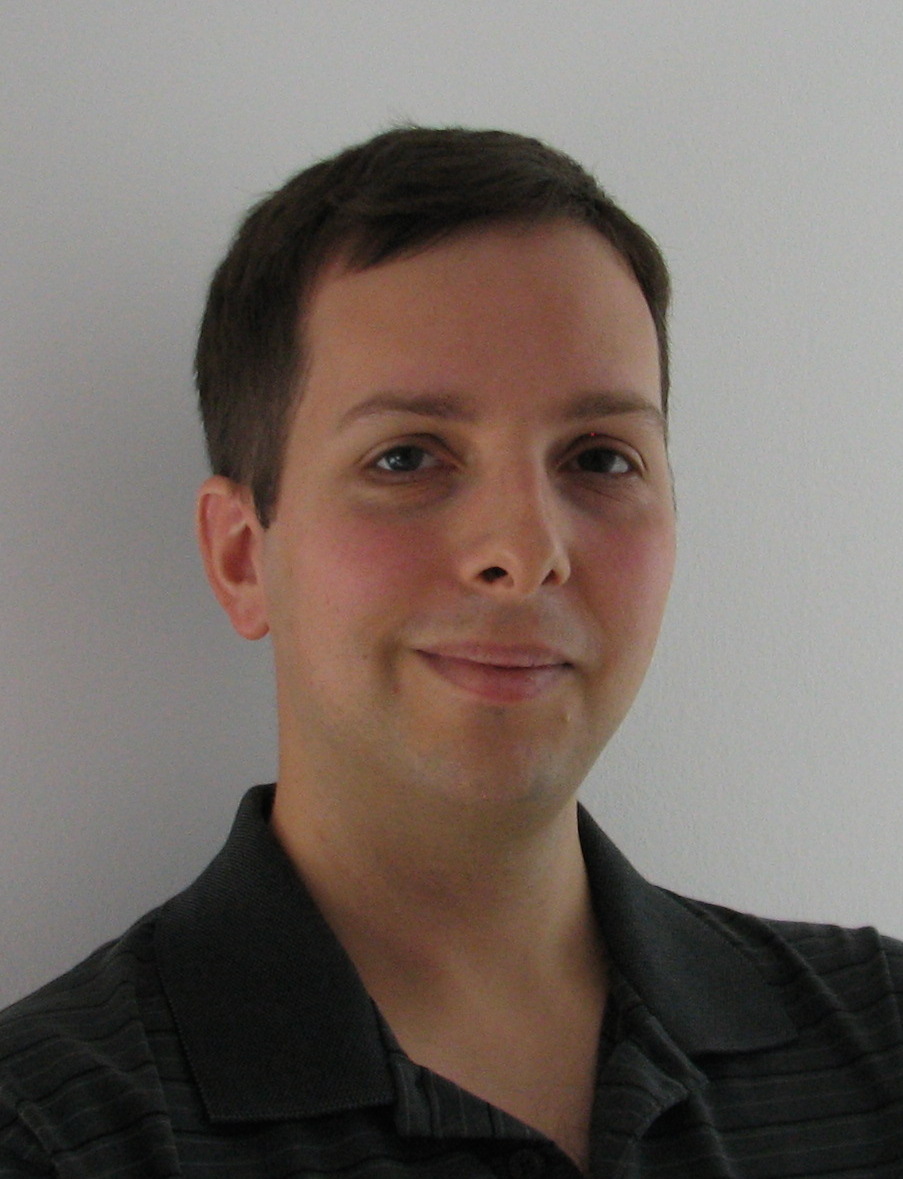
Postdoctoral researcher
Research Projects
Solving Einstein’s Equations for Binary Black Hole Mergers Using Supercomputers; High-performance scientific computing;
Biography
I am currently a postdoctoral research fellow at the Albert Einstein Institute in Potsdam-Golm, Germany where I work on studying binary black hole mergers using SpEC as well as other numerical relativity projects.
I obtained my PhD from the University of Southampton, UK, working with Carsten Gundlach on hyperbolicity and stability of continuum and discrete formulations of the Einstein equations. I later joined the numerical relativity group at Penn State and afterwards AEI as a postdoc.
Selected Publications
An up to date list of my publications can be found on on the INSPIRE server.
Prayush Kumar
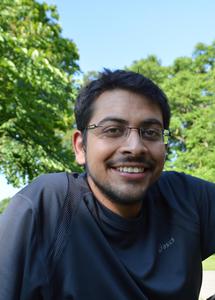
Postdoctoral Fellow
Biography
I am currently a postdoctoral fellow working on gravitational-wave astronomy and numerical relativity of compact binaries with Prof. Harald P. Pfeiffer at CITA. Before that, I completed my graduate studies with Prof. Duncan A. Brown at Syracuse University working on the development of novel methods for enhancing the search for binary black holes with the Advanced LIGO instruments. I defended my thesis in Aug. 2014. Before that, I obtained a Bachelor’s degree in Electrical & Electronics Engineering from Birla Institute of Technology & Science - Pilani (India) in 2009.
Selected Publications
David Radice
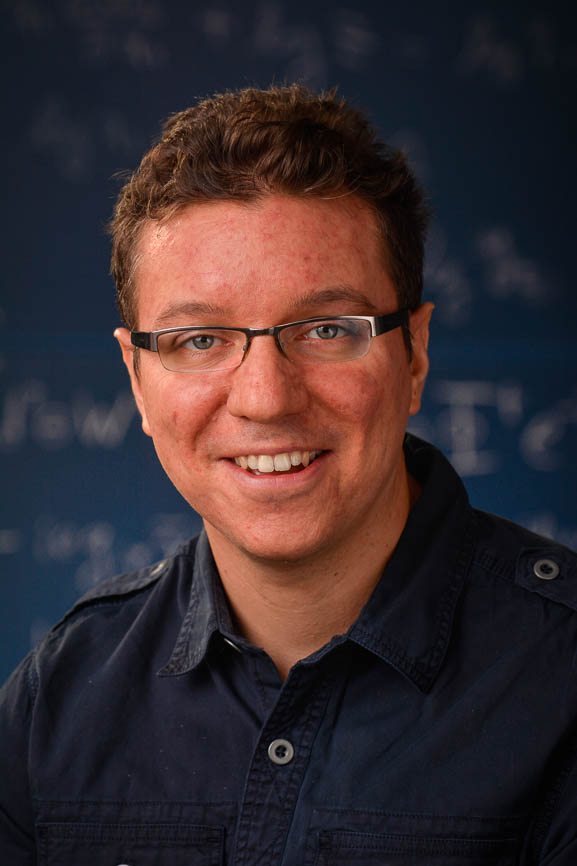
Postdoctoral Scholar
Research Projects
Neutrino-driven convection in core-collapse supernovae; Binary neutron star mergers
Biography
I am currently a Walter Burke Fellow in Theoretical Astrophysics and Relativity at Caltech. Before that, I did my graduate studies with Prof. Luciano Rezzolla at the Albert Einstein Institute in Potsdam (Germany) working on the development of new methods for general-relativistic hydrodynamics simulations. I defended my PhD in Physics in Nov. 2013. I also hold a Master’s degree in Mathematical Engineering from Politecnico di Milano (Italy).
Selected Publications
- D. Radice, S. M. Couch and C. D. Ott. Implicit Large Eddy Simulations of Anisotropic Weakly Compressible Turbulence with Application to Core-Collapse Supernovae, Computational Astrophysics and Cosmology 2, 7 (2015), arXiv:1501.03169
- D. Radice, L. Rezzolla and F. Galeazzi. Beyond Second-Order Convergence in Simulations of Binary Neutron Stars in Full General-Relativity, Monthly Notices of the Royal Astronomical Society: Letters 437, L46 (2014), arXiv:1306.6052
- D. Radice and L. Rezzolla, Discontinuous Galerkin Methods for General-Relativistic Hydrodynamics: Formulation and Application to Spherical Symmetric Spacetimes, Physical Review D 84, 024010 (2011), arXiv:1103.2426
William Throwe

Graduate student
Research Projects
Adding tidal, near-zone, and wave effects to BBH initial data; gravitational lensing
Postdocs
Samuel J. Dunham
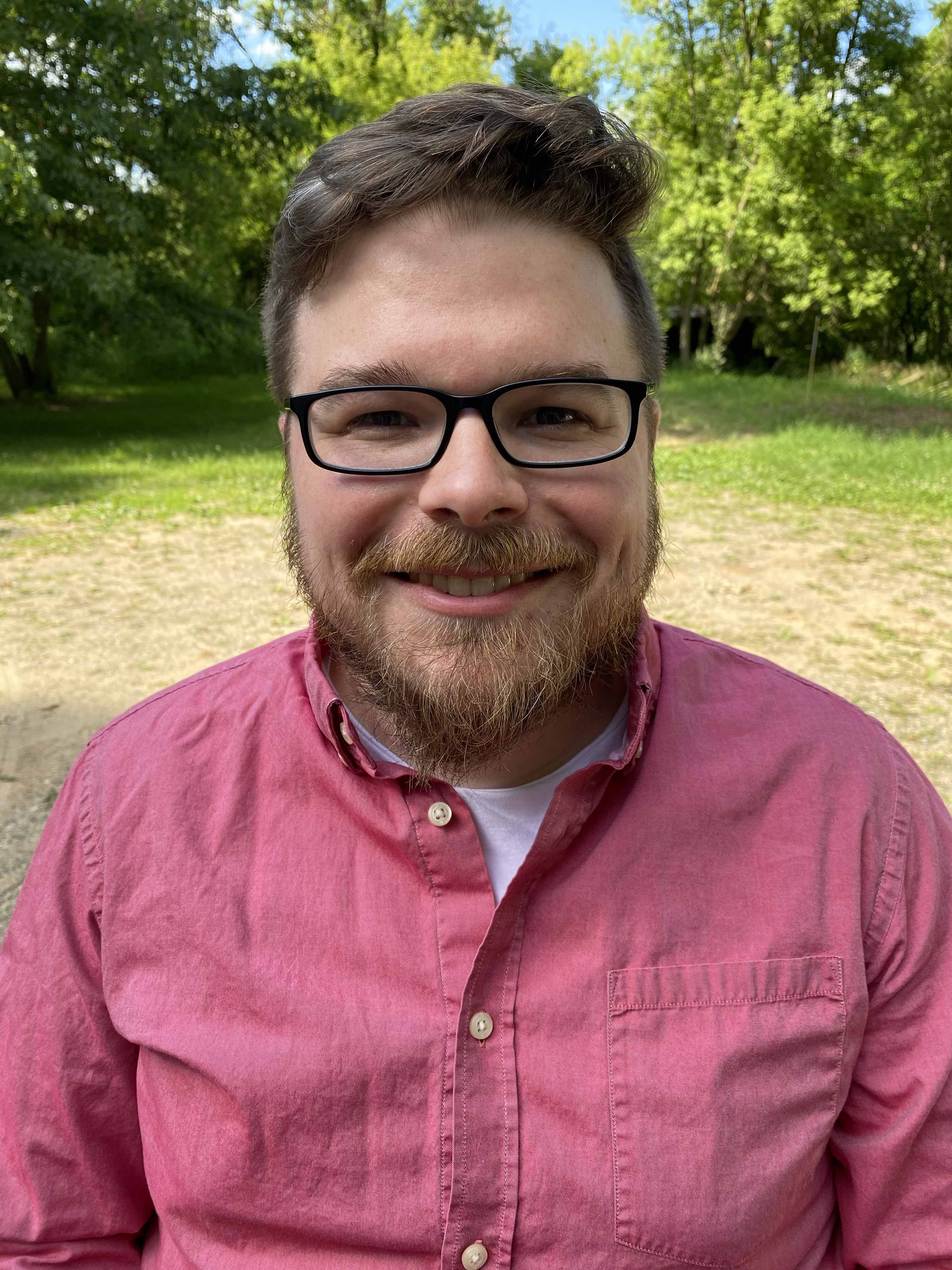
Postdoctoral Scholar
Research Projects
I am working on developing theoretical models for dissipative and resistive general relativistic magnetohydrodynamics (GRMHD) inspired by 14-moment methods for application to, among other things, pulsar magnetospheres and low-luminosity black hole accretion disks.
For my PhD work at Vanderbilt University/Oak Ridge National Laboratory/University of Tennessee, Knoxville under the guidance of Kelly Holley–Bockelmann, Eirik Endeve, and Anthony Mezzacappa, I helped to develop a module for the thornado codebase that solves the GRHD equations using Runge–Kutta discontinuous Galerkin methods, primarily for application to core-collapse supernova simulations. I also was the primary driver behind coupling thornado to amrex, which is a software framework that allows application codes to make use of MPI parallelism and block-structured adaptive mesh refinement.
Biography
My name is Samuel Dunham (Sam) and I am a postdoctoral scholar at Caltech, working under the guidance of Elias Most to incorporate dissipative effects into computer simulations of pulsar magnetospheres and low-luminosity black hole accretion disks to properly capture non-ideal MHD effects such as magnetic reconnection. See my personal website for more information.
Publications
See my ORCID.
Matthew Giesler
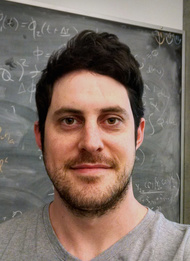
Graduate student
Research Projects
For details, see my website.
Guillermo Lara
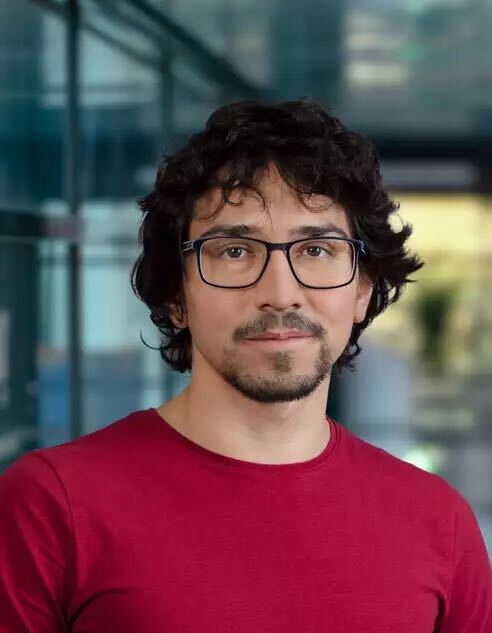
Postdoctoral Researcher
Research Projects
Numerical modelling of binary black holes in beyond GR theories
Biography
My name is Guillermo Lara and since 2022 I have been a Postdoctoral Researcher at the Max Planck Institute for Gravitational Physics (Albert Einstein Institute) in Potsdam, Germany. I obtained my PhD in Astroparticle Physics at the the Scuola Internazionale Superiore di Studi Avanzati (SISSA, Trieste, Italy) under the supervision of Prof. Enrico Barausse, where I worked on the strong-field regime of gravity in theories beyond General Relativity.
My current research focuses on implementing recently developed numerical relativity techniques to study the phenomenology black holes in theories beyond GR (e.g. black holes with additional scalar hair in scalar Gauss-Bonnet gravity).
For more information visit my AEI profile and my Inspire profile.
Oliver Long
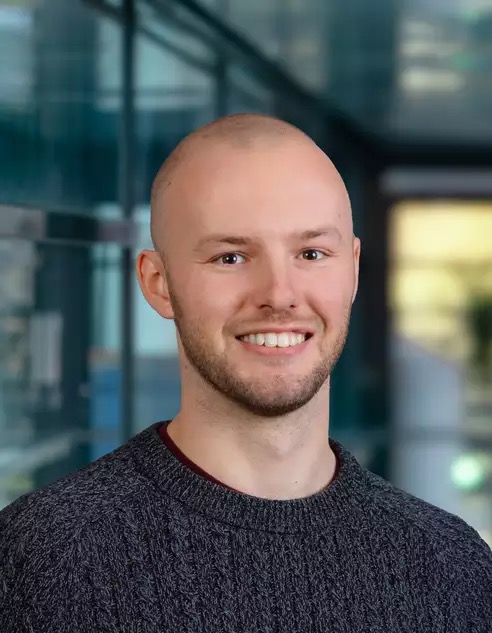
Postdoctoral Researcher
Research Projects
Numerical modelling of unbound binary black hole encounters
Biography
My name is Oliver Long and I am a Postdoctoral Researcher at the Max Planck Institute for Gravitational Physics (Albert Einstein Institute) in Potsdam, Germany. Prior to this, I completed my PhD in Mathematical Sciences at the University of Southampton in 2022 and earned my MPhys in Physics from The University of Manchester in 2018.
My research focuses on the numerical modelling of unbound binary black hole encounters. These high-energy systems allow us to probe the ultra-strong gravitational potential and increase our understanding of General Relativity. To explore these systems, I employ a range of methods, including Numerical Relativity for the comparable mass case and self-force techniques from black hole perturbation theory for extreme-mass ratio scenarios. For more information please visit my website.
Keefe Mitman
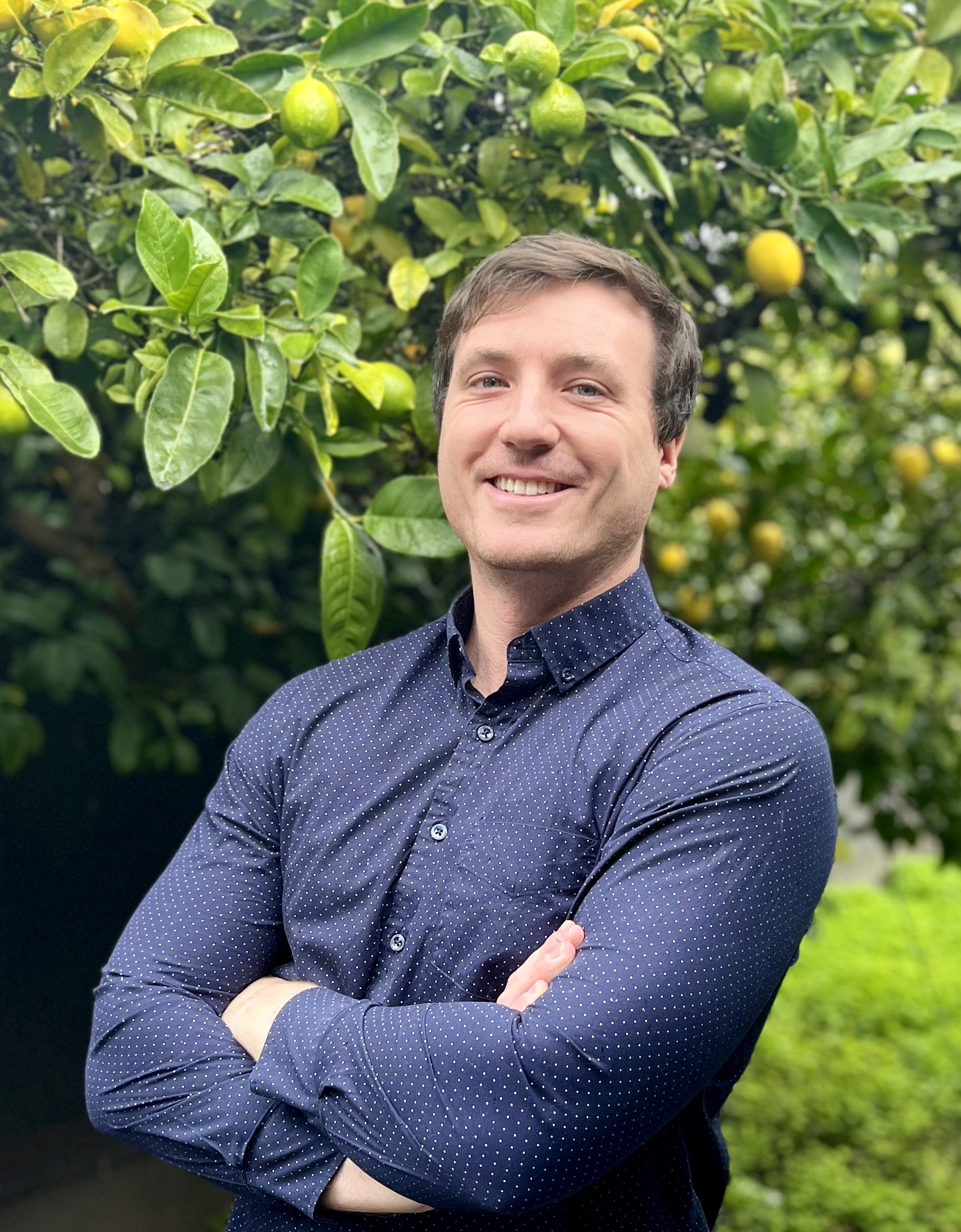
NASA Hubble Fellow
Research Projects
Modeling the ringdown phase of binary black hole mergers
Biography
I received my BS in physics and mathematics from Columbia University in 2019. I then received my PhD in physics from Caltech in 2024. My doctoral thesis was on (i) resolving memory effects in numerical simulations of binary black hole mergers, (ii) utilizing the BMS group to improve gravitational wave modeling, and (iii) extracting nonlinearities from black hole ringdowns. This work was under the supervision of Saul Teukolsky. I am now a NASA Hubble Fellow at Cornell University.
Selected Publications
Michael Pajkos
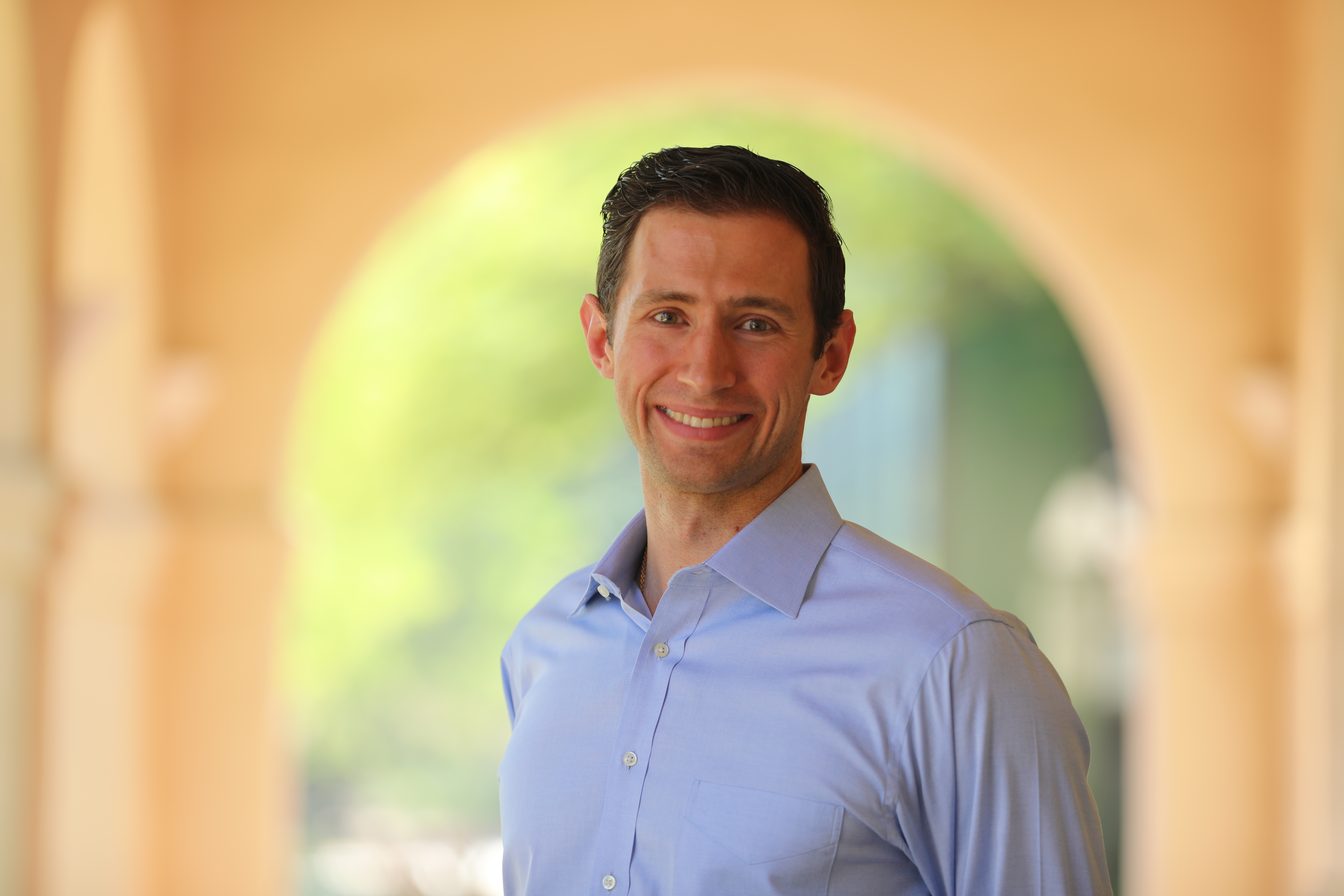
Postdoctoral Researcher
Research profile
I am interested in high-energy events in the cosmos. My mentees and I use predictions of `multimessenger’ signals from stellar explosions to better understand their properties. I also investigate how small scale particles—like pions and muons—can affect the behavior of large-scale events—like when stellar remnants called neutron stars collide.
I also develop supernova simulations for the SpECTRE code, incorporating new kinds of physics to perform next-generation simulations of these cataclysmic events. In the past, I also developed software for the Flash-X code, contributing to the Exascale Computing Project, and have performed observational studies of variable stars, whose brightness changes.
Biography
I am currently a postdoctoral scholar at Caltech working with Saul Teukolsky. I received a Ph.D. from Michigan State University working with Prof. Sean Couch. Outside of research, I am interested in applying effective ways to teach astrophysics in the classroom and outreach settings.
Publications
See my ORCID.
Nils Vu
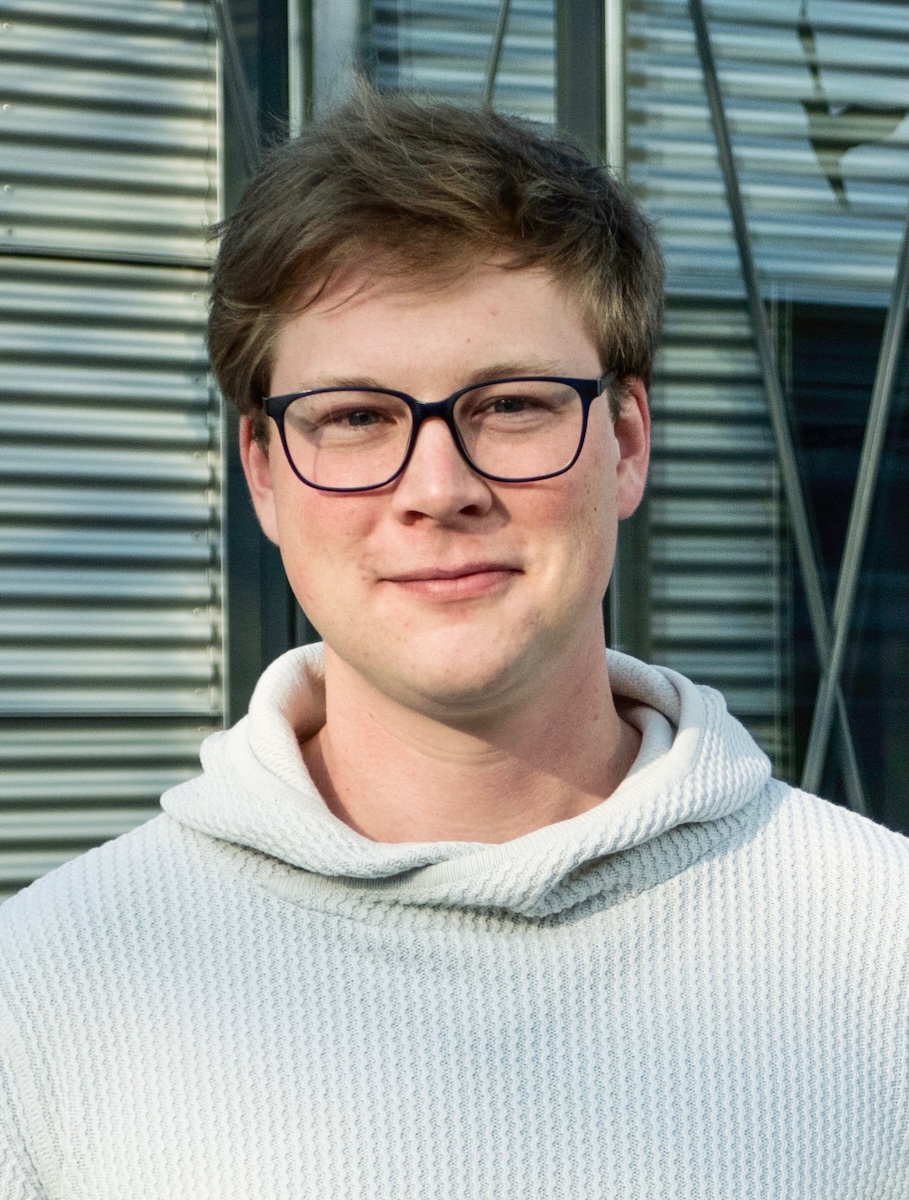
Postdoctoral Researcher
Research profile
I develop numerical relativity simulations for the next generation of gravitational wave detectors, such as the LISA space mission. I co-lead the development of SpECTRE, our next-generation numerical relativity code that combines discontinuous Galerkin methods with massive parallelism.
For details, see my website.
Biography
I received my Ph.D. from the Max Planck Institute for Gravitational Physics (AEI) Potsdam, Germany under the supervision of Harald Pfeiffer. I am now a Burke Postdoctoral Fellow at Caltech.
Publications
See my ORCID.
Graduate students
Subhayu Bagchi

PhD Candidate
Research Projects
My investigations deal with numerical simulations of black hole solutions of the gravitational Field Equations for theories beyond General Relativity. I use SpEC (Spectral Einstein Code) to construct and study rotating black holes in beyond-GR theories including but not limited to its implications in perturbation theory, thermodynamics etc.
Biography
I received a B.Tech in Electronics & Telecommunications Engineering and followed it up with an MS in the Physics of Dynamical Systems in 2019. My research involved understanding the dynamical phenomenon in Kerr Geodesics. Now I am a PhD candidate at UMississippi under Leo Stein carrying out research in Numerical Relativity.
Himanshu Chaudhary
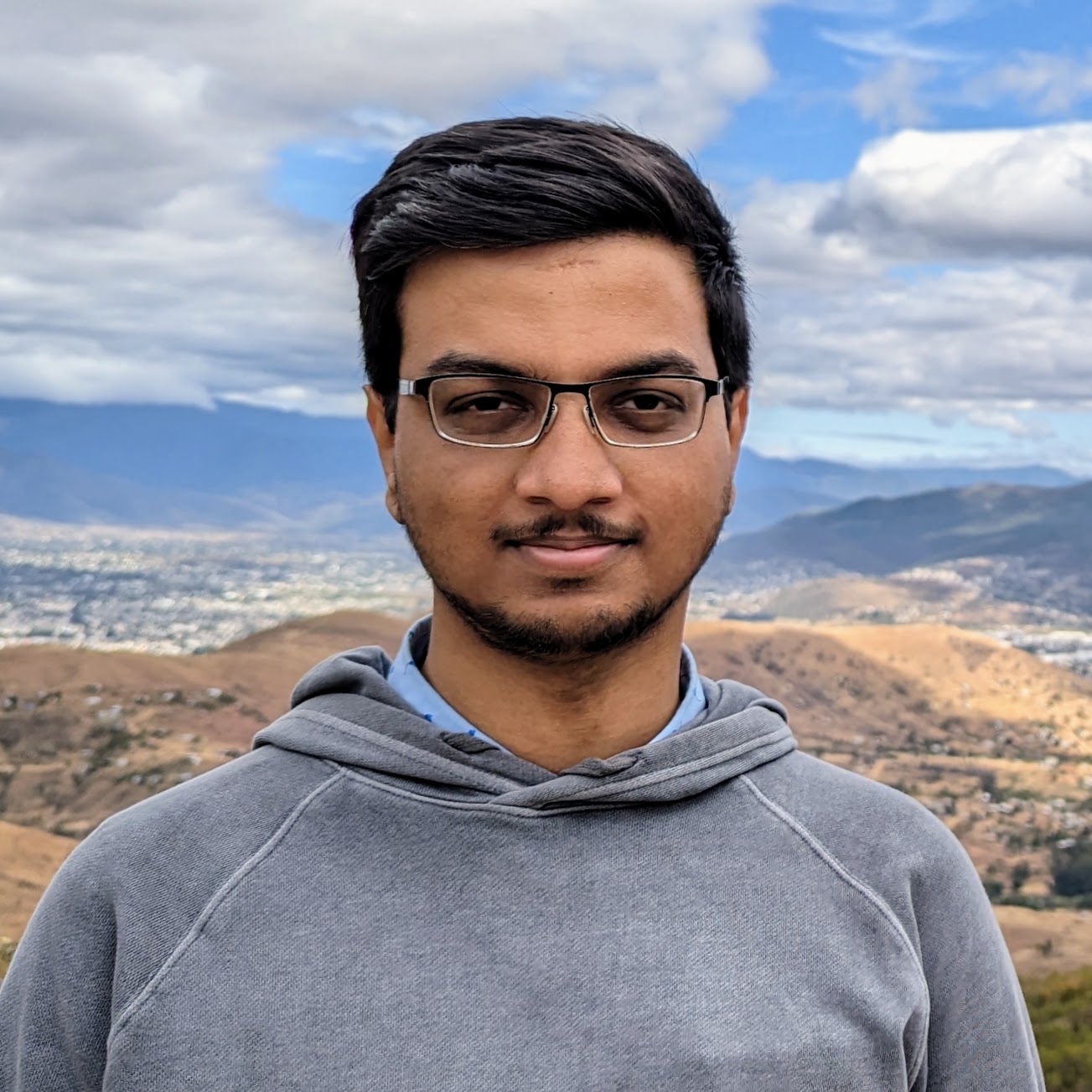
PhD Candidate
Research profile
I work on SpEC, mostly trying to improve our binary black hole simulations.
Biography
I received my BSc-MSc(Physics) from IISc, Bangalore, India. Right now, I am a PhD student in Caltech under Saul Teukolsky.
Publications
See ORCID.
Nicholas Corso
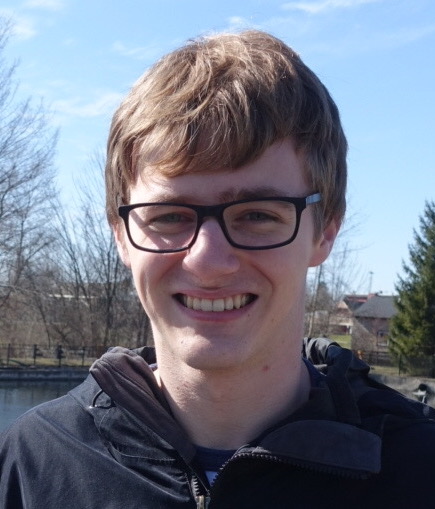
PhD Candidate
Research Projects
Contributor to SpECTRE, currently using it to study core-collapse supernovae.
Biography
I received a BS in Astronomy and Astrophysics from the University of Chicago in 2022. Currently, I’m a PhD candidate at Cornell University, working under the supervision of Professors Saul Teukolsky and Nils Deppe to compare methods of estimating or extracting gravitational waveforms from core-collapse supernovae induced by a hadron-quark phase transition.
Henry Huang
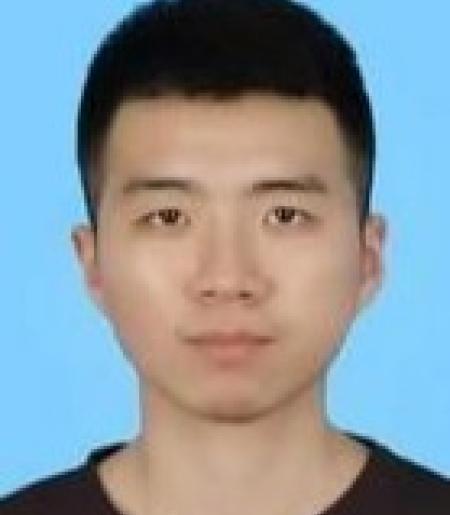
PhD Candidate
Research Projects
Ccz4 with FD-DG hybrid scheme
Biography
I received my B.A. degrees with the highest honors in physics and mathematics from Vanderbilt University in 2023, where I worked with Prof. Jared Speck on PDE analysis in relativistic fluids and Prof. Kalman Varga on computational cavity QED. I joined Cornell’s physics PhD program in 2023 and the numerical relativity group in 2024 under the supervision of Prof. Nils Deppe.
Publications
Aniket Khairnar

PhD Candidate
Research Projects
My research deals with computing BMS charges from post-Newtonian theory to fix the inspiral frame of a binary system in numerical relativity simulation.
Biography
I received my BS-MS degree in 2019 from Indian Institute of Science Education and Research (IISER) Pune, India. Currently, I am a PhD student at the University of Mississippi under the supervision of Dr. Leo C Stein.
My research focuses on using post-Newtonian (PN) analytical methods to improve waveform modeling in numerical relativity. Specifically, I use PN theory to investigate phenomenological features in numerical relativity waveforms and to improve the frame alignment of the numerical simulations during the inspiral phase.
Selected Publications
Yoonsoo Kim
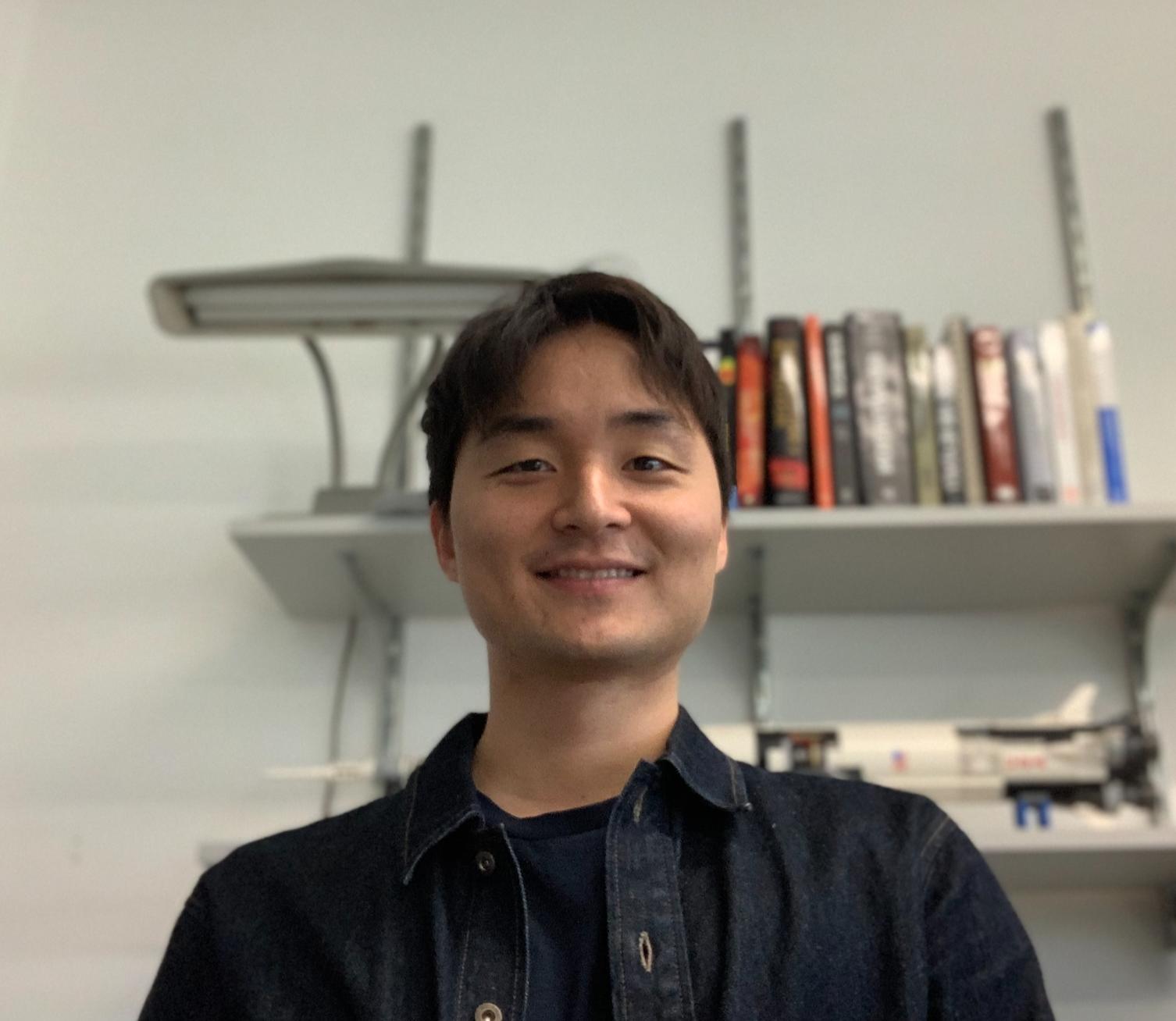
PhD Candidate
Research Projects
I focus on modeling electromagnetic transients associated with compact objects and their interactions with surrounding environment via magnetic or hydrodynamic processes. I have worked on MHD and shock-capturing modules of SpECTRE.
Biography
I received a BS in Physics from Seoul National University. Now I am a PhD candidate in physics at Caltech.
Publications
See InspireHEP.
Isaac Legred
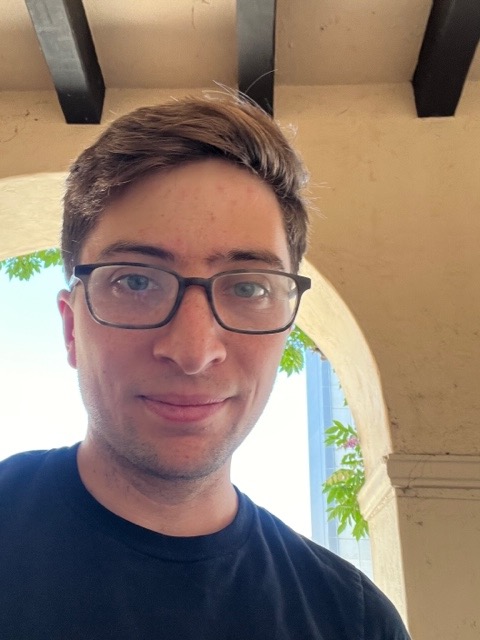
Graduate Student Researcher
Research profile
I am interested in how observations and theoretical predictions can be combined to understand astrophysical phenomena. My focus is on the relationship between the extremely dense matter inside of neutron stars, and the extreme gravity that holds these objects together. Current and future observatories and simulations will provide huge amounts of data about neutron stars, but extracting observables is a challenge due to many extremly complicated interconnected phenomena which shape how we see them.
I help to develop hydrodynamic simulations for the next-generation SpECTRE code.
Biography
I am a graduate student at Caltech in my final year working with Prof. Katerina Chatziioannou. Before that I was an undergraduate at Cornell working with the SXS group there.
Publications
See my ORCID.
Peter James Nee
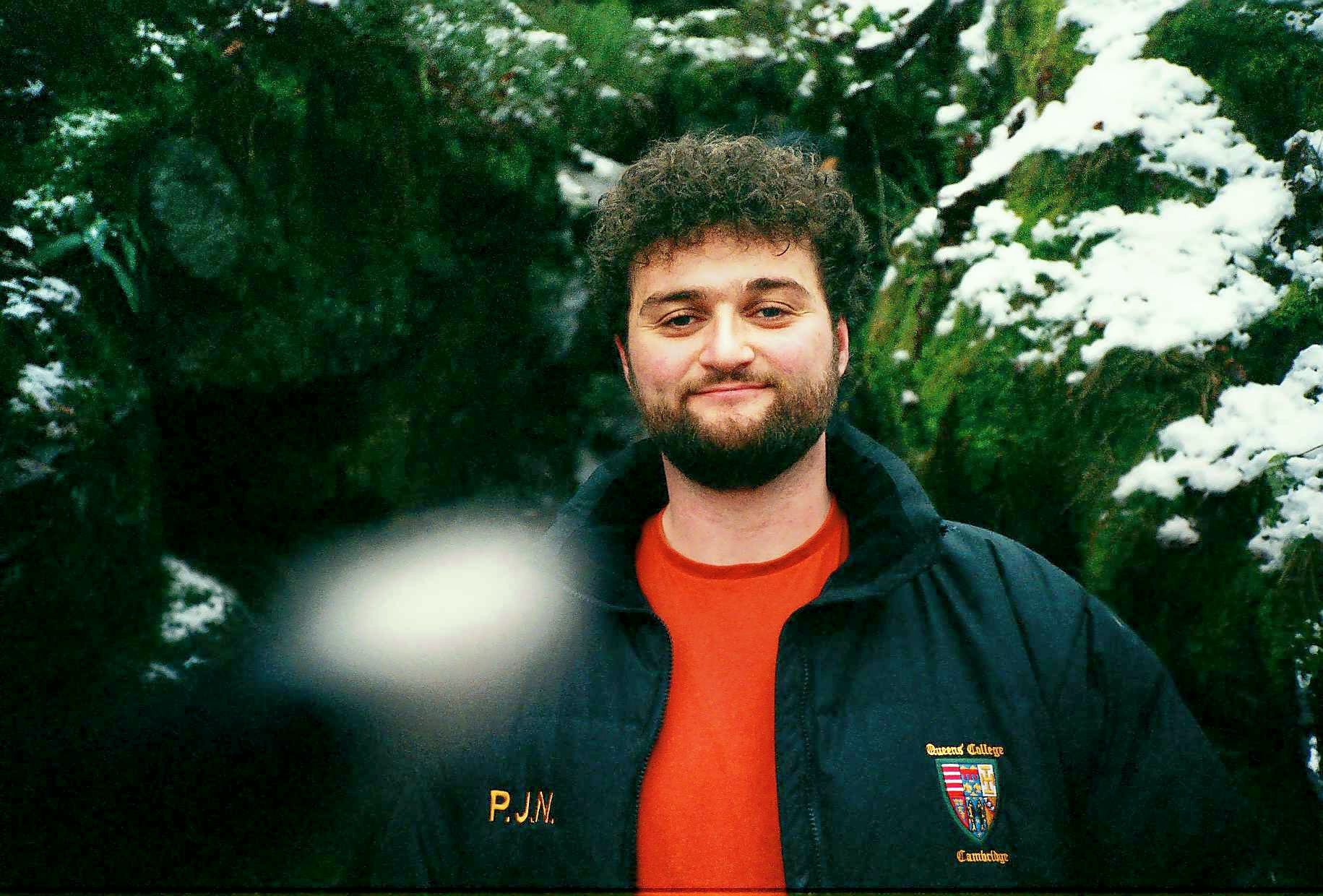
PhD Student
Research Projects
Extension of parameter space coverage for numerical relativity and surrogate modelling to eccentric systems. Exploration of black hole phenomenology in theories beyond general relativity.
Biography
I am currently a PhD researcher under the supervision of Prof. Harald Pfeiffer at the Max Plank Institute for Gravitational Physics (Albert Einstein Institute) in Potsdam, Germany. Before this, I completed my BSc in Applied and Computational Mathematics at the University College Dublin in 2021, and a MASt in Applied Mathematics at the University of Cambridge in 2022. My research concerns extending our current Numerical Relativity techniques to new types of systems, such as eccentric binary black hole systems or black holes in theories beyond general relativity.
Selected Publications
See my https://inspirehep.net/authors/2632058?ui-citation-summary=true.
Kyle Nelli

PhD Candidate
Research Projects
Lead developer of SpECTRE, our next-generation numerical relativity code. I focus largely on the parallelism aspects of our simulations along with horizon tracking with our control systems.
Biography
I received a BS in Physics and a BS in Astronomy from the University of Illinois at Urbana-Champaign in 2020. While at UIUC, I did research under Stuart Shapiro visualizing output from simulations done with the private IllinoisGRMHD code. Now I am a PhD candidate at Caltech under Saul Teukolsky.
Publications
See arXiv.
Dongze Sun
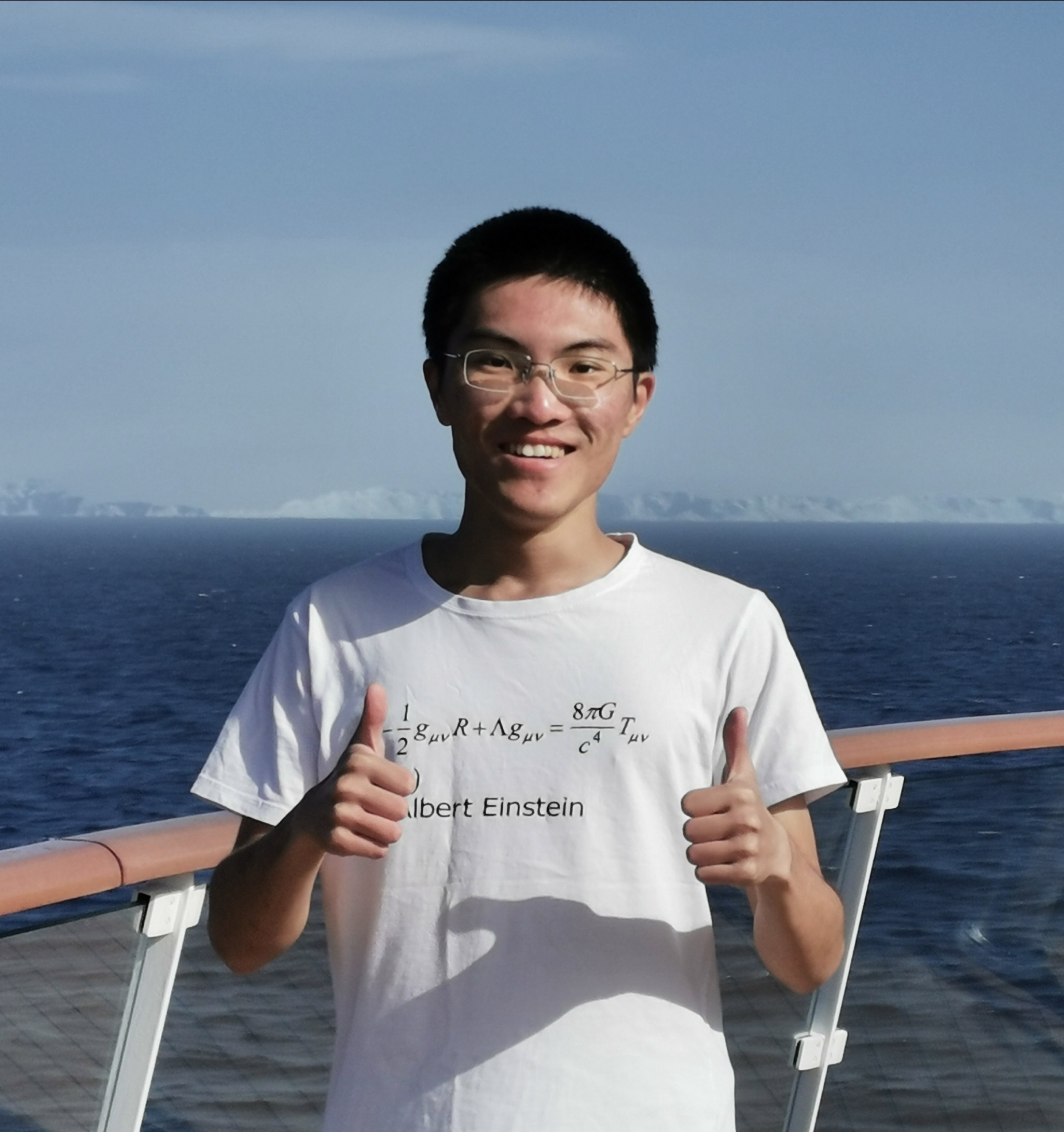
PhD Candidate
Research Projects
I focus on various aspects of binary black holes, including waveform hybridization, boundary conditions for numerical relativity, post-newtonian calculations, and numerical algorithms.
Biography
I received a BS in Physics from Wuhan University, China, in 2020. Now I am a PhD candidate at Caltech under Saul Teukolsky.
Jiaxi Wu
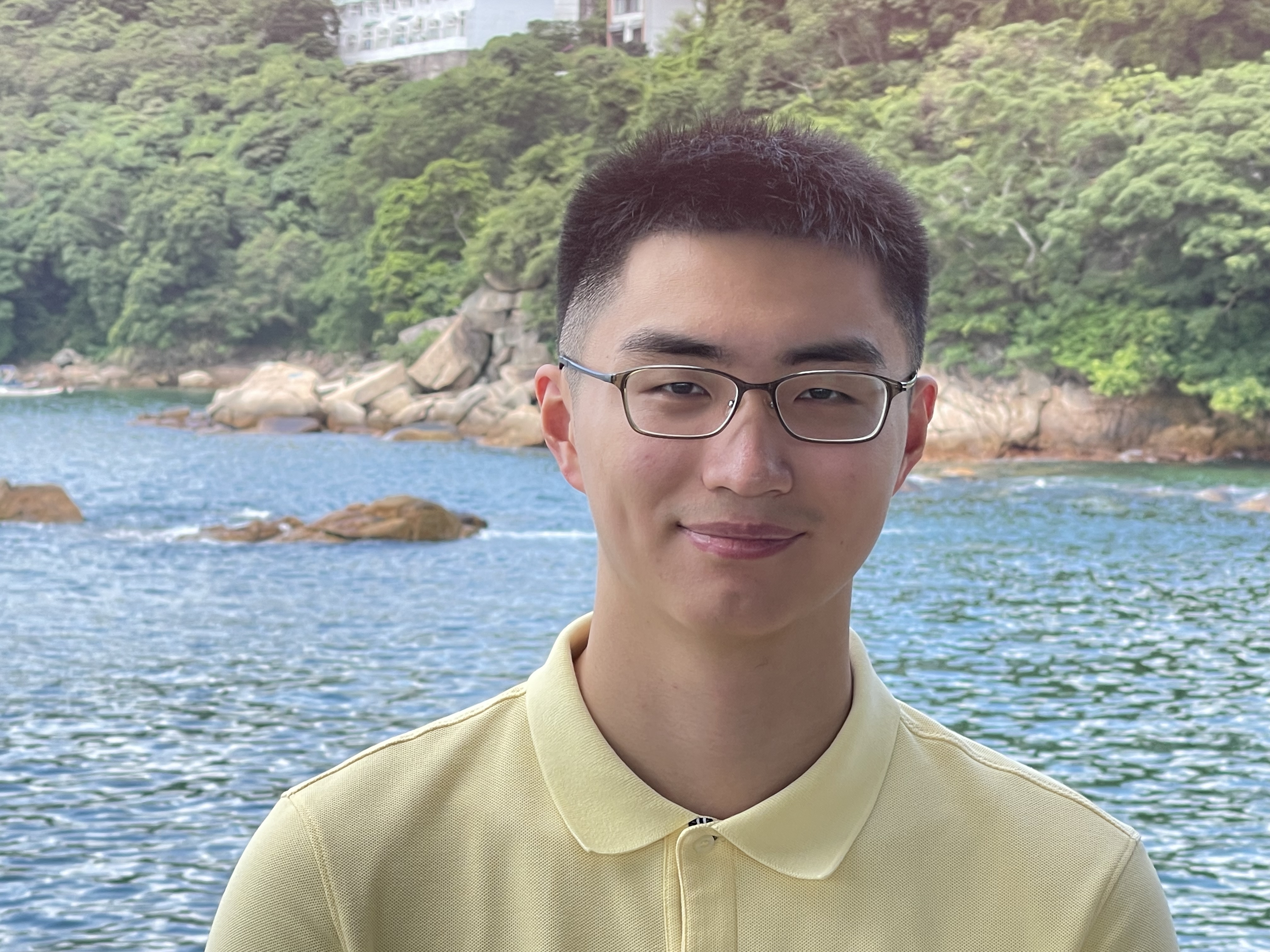
PhD student
Research Projects
I am interested in compact objects such as neutron stars and black holes and high-energy phenomena related to these objects. I am currently working on the generation and evolution of large-scale dynamos in compact objects. I am also curious about how to bridge these electromagnetic activities to multi-messenger astronomical signals.
Biography
I received a BS in physics from Nanjing University in 2023. Now I am a graduate student in physics at Caltech.
Selected Publications
See ORCID
Jooheon Yoo
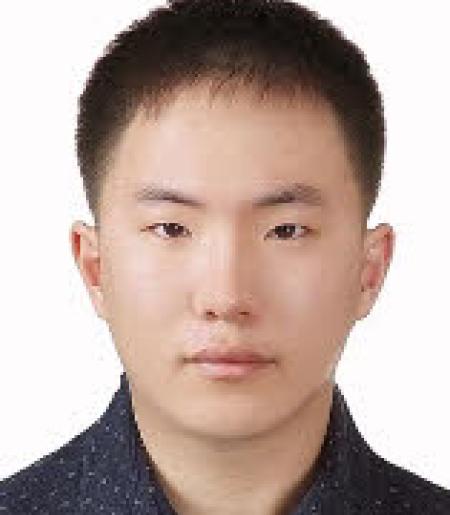
PhD Candidate
Research Projects
accretion disk, surrogate models
Biography
I received a BA in Physics and a BS in Mathematics from the University of Chicago in 2019. Currently, I am a PhD candidate at Cornell University, working under the supervision of Saul Teukolsky.
Alumni
Kevin Barkett

Graduate student
Jonathan Blackman
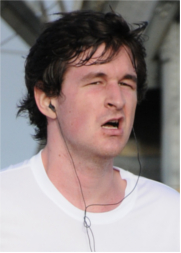
Graduate student
Research Projects
Building empirical gravitational waveform models from numerical relativity simulations
Biography
Biography: After receiving my bachelor’s degree in honours Mathematics and Physics from the University of British Columbia in 2011, I went to the Perimeter Institute for the PSI master’s program. In the fall of 2012 I began my PhD studies at CalTech and am currently part of the TAPIR group run by Christian Ott.
My primary research project is building highly accurate waveform models out of selected numerical relativity binary black hole simulations through reduced order modelling. Outside of academia, I attempt to injure myself by running too far, sometimes up mountains.
Selected Publications
- Sparse Representations of Gravitational Waves from Precessing Compact Binaries. J. Blackman, B. Szilagyi, C. R. Galley, M. Tiglio. Phys. Rev. Lett. 113, 021101 (2014). [http://arxiv.org/abs/1401.7038]
Andy Bohn
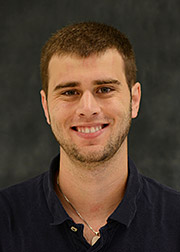
Graduate student
Research Projects
Event horizon finding, numerical gravitational lensing
Biography
I received a bachelor’s degree from Purdue University in 2010 with a major in physics and a major in math. In the summer of 2010, I worked with Julia Thom at Cornell, simulating 3-d pixel detector designs for S-LHC. I joined the SXS collaboration working with Saul Teukolsky in the following summer, 2011. An overview of my current work is in my research projects section. In 2013, I received my master’s degree, and am working towards a PhD.
Drew Clausen
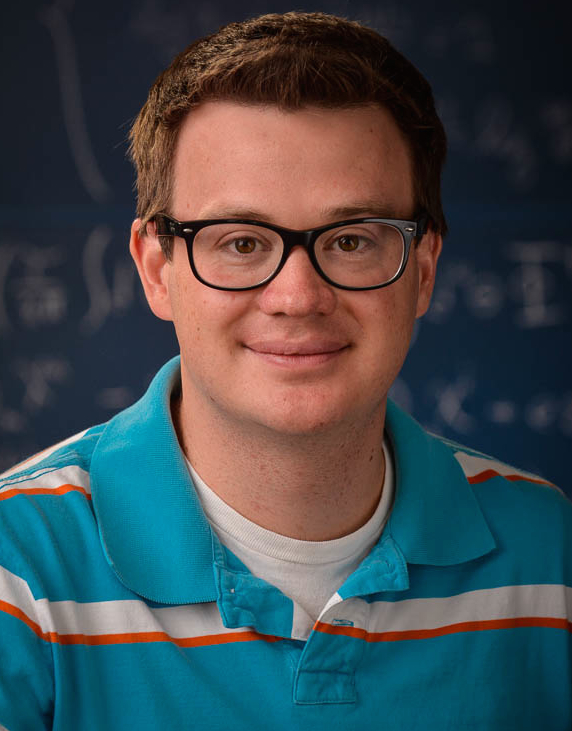
Postdoctoral Scholar
Research Projects
Modeling emission line light echoes following tidal disruption events Production of black hole X-ray binaries in globular clusters
Biography
I went to college at the University of Colorado Boulder where I studied astronomy and film. After a brief stint as a video editor, I went to graduate school at Penn State. My Ph.D. advisors were Mike Eracleous and Steinn Sigurdsson.
Selected Publications
- The Black Hole Formation Probability. Clausen, Drew, Piro, Anthony L., Ott, Christian D., 2015, ApJ, 799, 190 [arXiv:1406.4869]
- Black Hole-Neutron Star Merges in Globular Clusters. Clausen, Drew, Sigurdsson, Steinn, Chernoff, David F., 2013, MNRAS, 428, 3618 [arXiv:1210.8153]
M. Brett Deaton

Graduate student
Research Projects
The role of radiation in remnant accretion disks
Teaching
Biography
I’m a 6th-year astrophysics graduate student at Washington State University.
In my research I am interested in compact objects, especially mergers of neutron stars and black holes, and the related observational phenomena of gravitational waves, gamma ray bursts, radio transients, and kilonovae. I focus on understanding radiative transfer of energy in these extreme astrophysical environments. I use a computational theoretical approach.
I love to teach! My goal as a teacher is similar to my goal as a scientific observer: “to lean into the kernel”*. This goal drives my teaching. When I lecture about some piece of the world, I lean into it alone, in preparation, even if it’s an old topic. Then in the classroom, I listen to my students, who often voice questions I’ve never considered. The whole classroom grows when we lean in to hear them.
Selected Publications
- Black hole-neutron star mergers at realistic mass ratios: Equation of state and spin orientation effects. F. Foucart, M. B. Deaton, et al. Phys. Rev. D 87, 084006 (2013). [http://arxiv.org/abs/1212.4810]
- Black Hole-Neutron Star Mergers with a Hot Nuclear Equation of State: Outflow and Neutrino- Cooled Disk for a Low-Mass, High-Spin Case. M. B. Deaton et al. ApJ. 776, 47 (2013). [http://arxiv.org/abs/1304.3384]
- Neutron star-black hole mergers with a nuclear equation of state and neutrino cooling: Dependence in the binary parameters. F. Foucart, M. B. Deaton, et al. Phys. Rev. D 90, 024026 (2014). [http://arxiv.org/abs/1405.1121]
Casey Handmer
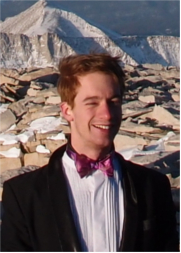
Research Projects
Spectral Cauchy Characteristic Evolution, Extraction, and Matching
Biography
Casey Handmer earned his BSc (Hons 1m) in Optics at the University of Sydney in 2009, subsequently switching hemisphere and field to work on Numerical General Relativity at Caltech. Now in his fifth year studying gravitational wave propagation for gauge free waveforms, Casey has developed an extraction module within the Spectral Einstein Code (SpEC).
Selected Publications
- Handmer, C J and B Szilagyi. Spectral Characteristic Evolution: A New Algorithm for Gravitational Wave Propagation. Accepted: Classical And Quantum Gravity (2014). http://arxiv.org/abs/1406.7029
- Handmer, C J et al. Stacked dielectric gratings for sub-wavelength surface field synthesis. JOSA B, Vol. 27 Issue 12, pp. 2580-2594 (2010).
- Handmer, C J et al. Blazing evanescent grating orders: a spectral approach to beating the Rayleigh limit. Optics Letters, Vol. 35 Issue 17, pp. 2846-2848 (2010).
- Sukhorukov, Andrey A; Handmer, C J; de Sterke, C M; Steel, M J. Slow light with flat or offset band edges in few-mode fiber with two gratings. Optics Express, Vol. 15 Issue 26, pp.17954-17959 (2007). http://arxiv.org/abs/0711.1403
Francois Hebert

Post-doctoral fellow
Using the Discontinuous Galerkin algorithm to improve the accuracy of the hydro treatment in numerical simulations with neutron stars. Simulating the gravitational lensing effects caused by the strong-field gravity near compact objects.
Daniel A. Hemberger
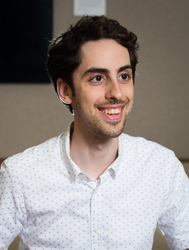
Postdoctoral Scholar
Research Projects
Simulating binary black hole systems to aid gravitational-wave detection and parameter estimation.
Biography
I graduated from Oberlin College with a bachelor’s degree in Physics. At Oberlin, I worked with Prof. Dan Stinebring on a project to improve pulsar timing by correcting for scattering in the interstellar medium. I received my Ph.D. in Astronomy from Cornell University, where I was advised by Prof. Saul Teukolsky and worked closely on topics in numerical relativity with research associates Lawrence Kidder and Geoffrey Lovelace. I am now a postdoctoral scholar at Caltech.
Selected Publications
- Final spin and radiated energy in numerical simulations of binary black holes with equal masses and equal, aligned or antialigned spins. D. Hemberger, G. Lovelace, T Loredo, L. Kidder, M. Scheel, B. Szilagyi, N. Taylor, S. Teukolsky. Phys. Rev., D 88, 064014 (2013). [http://arxiv.org/abs/1305.5991]
- Dynamical Excision Boundaries in Spectral Evolutions of Binary Black Hole Spacetimes. D. Hemberger, M. Scheel, L. Kidder, B. Szilagyi, G. Lovelace, N. Taylor, S. Teukolsky. Class. Quant. Grav. 30(11), 115001 (2013). [http://arxiv.org/abs/1211.6079]
Katherine Henriksson

Graduate Student
Biography
I currently work on creating initial data for mergers of black holes and neutron stars with Prof. Saul Teukolsky. Large experiments such as LIGO hope to detect gravitational waves produced by mergers of compact objects like black holes and neutron stars, which are predicted by Einstein’s theory of general relativity but have not yet be directly detected. In order to make such a detection, accurate predictions of observed waveforms must be made by simulations of general relativity.
Prof. Teukolsky’s group is a part of the SXS collaboration, which works to create such predictions through numerical simulations.
The mathematical structure of general relativity is such that the problem of simulating general relativity falls to two parts: finding a self-consistent initial solution to Einstein’s equations at one particular time, and then evolving that solution forward to later times. I work on the former part, specifically trying to allow our simulations to accommodate more compact neutron stars than we are currently able.
I have also worked on modeling the internal magnetic field structure of neutron stars with Prof. Ira Wasserman. In this research, we looked at the consequences for the structure of the star of superconductivity in the core of the neutron star. This research, which integrates knowledge from both astrophysics and condensed matter physics, aims to better understand the effect on the stellar deformation of having an unusual state of matter in the interior. In this research I have been supported in the past by a New York state NASA space grant.
Outside of research, I manage and run the departmental computer lab for the Physics department, which I also played a large role in setting up in its current incarnation. I also am a chair in the Cornell Expanding Your Horizons program, which every year hosts an all-day program for 200-300 middle school aged girls to encourage interest in the sciences. I serve on the Astronomy department computer committee, which provides planning guidance for the department in computer policy. In addition, I have much experience with teaching, and am currently in my ninth semester serving as a teaching assistant for an undergraduate course.
Selected Publications
- Initial data for high-compactness black hole-neutron star binaries. K. Henriksson, F. Foucart, L. E. Kidder, S. A. Teukolsky. Phys. Rev. D (2014). [http://arxiv.org/abs/1409.7159]
Jeff Kaplan

Graduate student
Adam Lewis

CITA (University of Toronto)
Research Projects
GPU computing, eccentric BBH inspirals, analytic and numerical relativity comparisons
Jonas Lippuner
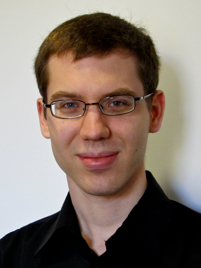
Graduate student
Research Projects
r-process nucleosynthesis in compact object mergers
Biography
Jonas was born and raised in Switzerland and received his BSc (Hons) in Mathematics and Physics from the University of Manitoba in Winnipeg, Manitoba, Canada in 2012. In the fall of 2012, Jonas started his PhD in Physics at Caltech in the theoretical astrophysics group. In the summer of 2015, he worked at NVIDIA as a CUDA DevTech Intern.
Outside of academia, Jonas is very active in his church and he pursues forex trading as a hobby.
My website is http://lippuner.ca.
Selected Publications
- http://arxiv.org/abs/1508.03133
Viktoriya Giryanskya Morozova

Postdoctoral Scholar
Jordan Moxon

Postdoctoral Scholar
Curran D. Muhlberger

I arrived at Cornell in 2008 and have been working under the direction of Saul Teukolsky to simulate extreme spacetimes. Nearly a century ago, Albert Einstein predicted that massive objects moving very quickly could produce gravitational waves that would travel through space and deliver information about the distant cosmos to us on Earth. We will soon have the capacity to detect these waves with experiments like Advanced LIGO, and they will tell us much about astrophysical objects and events in far-off galaxies. But in order to understand these observations, scientists must compare them to simulations of likely events, such as the inspiral and merger of black holes and neutron stars.
The SXS collaboration, consisting of researchers from Caltech, Cornell, CITA, and elsewhere, seeks to produce these simulations using some of the largest supercomputers on the planet. My role as a graduate student has been to improve our code and enable the simulation of new physical systems. Many of my efforts have gone towards implementing the equations of MHD, allowing us to study the effects of magnetic fields in neutron stars. An understanding of such effects will be crucial when interpreting future observations from the next generation of transient surveys and gravitational wave telescopes.
My interests extend well beyond astrophysics, however. I am always trying to learn more about subjects like high-performance computing and cryptology, and I thoroughly enjoy teaching others about the joys of physics and mathematics. Within the Cornell community I have helped reduce campus energy usage through the “Lights Off Cornell!” program and have served as a committee chair for Expanding Your Horizons – a conference introducing middle school girls to the excitement of math and science. Away from academia, I take time to enjoy hiking, board games, photography, and British TV.
Evan O'Connor

Graduate Student
Sherwood Richers
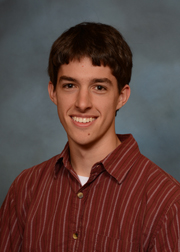
Graduate student
Research Projects
Monte Carlo neutrino transport in post-merger accretion disks of compact objects; Dependence of supernova gravitational wave signal on the nuclear equation of state
Biography
I received my bachelor’s degree in Astronomy-Physics at the University of Virginia in 2012 before starting my graduate studies in the TAPIR group at Caltech. My current research efforts are focused on understanding aspects of highly-energetic supernovae and gamma-ray bursts through GRMHD simulations of the fluid and Monte Carlo simulations of neutrino transport. Since joining TAPIR I have earned my private pilot’s license, and I try to fly as often as possible, sometimes inverted.
Selected Publications
- Sherwood Richers et al. "Monte Carlo Neutrino Transport in Post-Merger Disks." Submitted to The Astrophysical Journal
- Philipp Moesta et al. "Magnetorotational Core-Collapse Supernovae in Three Dimensions." The Astrophysical Journal Letters 03/2014
- John F. Hawley, Sherwood A. Richers, Xiaoyue Guan, and Julian H. Krolik. "Testing Convergence for Global Accretion Disks." The Astrophysical Journal 08/2013
Luke Roberts

Postdoctoral Scholar
Patricia Schmidt

Postdoctoral Scholar in Physics
Selected Publications
Jono Squire
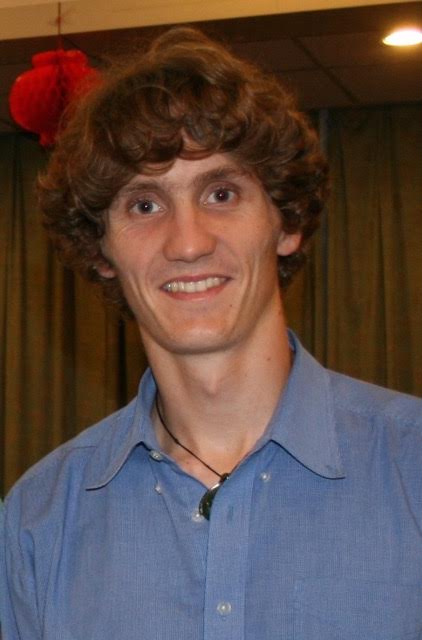
Postdoctoral scholar
Research Projects
Magnetic field generation (dynamo) in turbulence, including in accretion disks and protoneutron stars
Biography
I carried out my undergraduate degree in physics at Otago University in New Zealand, before coming to Princeton on a Fulbright in 2010 to start a PhD at the Princeton Plasma Physics Lab. Here I worked on a variety of projects, mainly related to theoretical aspects of plasma physics and fusion energy, before starting thesis work with Amitava Bhattacharjee on turbulence and magnetic field generation in accretion disks. I came to Caltech in 2015, where I am currently a Walter Burke Fellow in Theoretical Astrophysics.
Selected Publications
- Squire, J. & Bhattacharjee, A. Generation of Large-Scale Magnetic Fields by Small-Scale Dynamo in Shear Flows. Phys. Rev. Lett. 115, 175003 (2015). [http://arxiv.org/abs/1506.04109]
- Squire, J. & Bhattacharjee, A. Nonmodal Growth of the Magnetorotational Instability. Phys. Rev. Lett.113, 025006 (2014) [http://arxiv.org/pdf/1406.6582].
- Squire, J., Qin, H. & Tang, W. M. Geometric integration of the Vlasov-Maxwell system with a variational particle-in-cell scheme. Phys. Plasmas 19, 4501 (2012) [http://arxiv.org/abs/1401.6723].
Natalia Storch

Postdoctoral Scholar
Research Projects
Exploring various aspects of exoplanet formation and dynamics, such as the origin of spin-orbit misalignment in Hot Jupiter systems.
Biography
I graduated from the University of California, Santa Barbara with a B.S. in Physics in Spring 2009. During my time there, I worked with Professor Omer Blaes on the physics of black hole accretion discs. I received my Ph.D. in Physics from Cornell University in 2015. I was advised by Professor Dong Lai and worked on several topics in compact object astrophysics and exoplanet astrophysics. I am currently a Sherman Fairchild Postdoctoral Scholar at Caltech.
Selected Publications
- Storch, N. I., Anderson, K. R., & Lai, D. 2014, Chaotic Dynamics of Stellar Spin in Binaries and the Production of Misaligned Hot Jupiters, Science, 345 (6202), 1317-1321 [http://arxiv.org/abs/1409.3247]
Béla Szilágyi

Senior Research Fellow
Trevor Vincent

Research Projects
Discontinuous Galerkin Initial Data solver, BNS simulations with post-merger neutrino transport.
CJ Woodford

Graduate Student
CJ Woodford started in the PhD program in 2015.
Andre da Silva Schneider

Postdoctoral Scholar
Research Projects
Calculate equations of state of nuclear matter using general Skyrme parametrizations. Simulation of accretion induced collapse of white dwarfs into neutron stars.
Biography
I have a bachelor and a master’s degree in Physics from the Federal University of Santa Catarina (UFSC) in Brazil. At UFSC I worked with Prof. Ricardo Marinelli obtaining nucleon wave-functions in nuclei to calculate cross sections of electron-nuclei scattering. Later I worked in the University of Coimbra in Portugal with Prof. Constança Providência calculating equations of state for hybrid neutron stars. After that I went to Indiana University where I obtained a Ph.D. degree in 2013 and worked as a Postdoctoral scholar in 2014. In Indiana I worked with Prof. Charles Horowitz on molecular dynamics simulations of dense plasmas and nuclear pasta. In October 2014 I moved to Caltech where I study equations of state of nuclear matter and accretion induced collapse of white dwarfs into neutron stars.
Selected Publications
- Nuclear Pasta Formation A. S. Schneider, C. J. Horowitz, J. Hughto and D. K. Berry Phys. Rev. C 88 065807 (2013) [http://arxiv.org/abs/1307.1678]
- Direct MD simulation of liquid-solid phase equilibria for two-component plasmas A. S. Schneider, J. Hughto, C. J. Horowitz, D. K. Berry Phys. Rev. C 85 066405 (2012) [http://arxiv.org/abs/1108.3101]